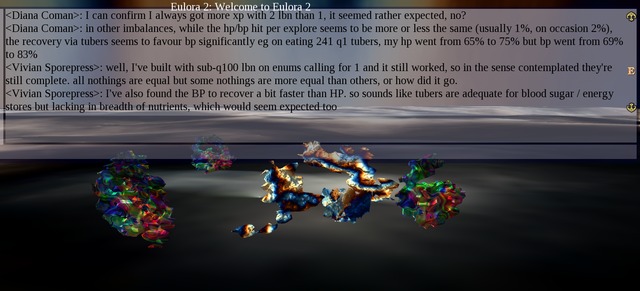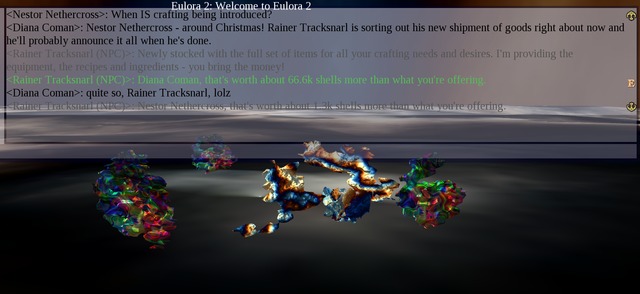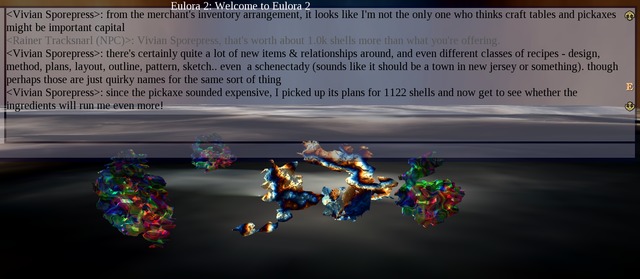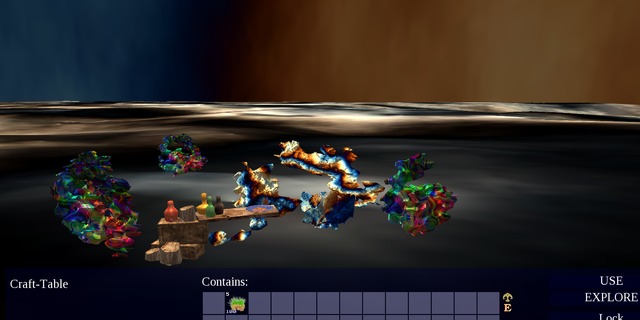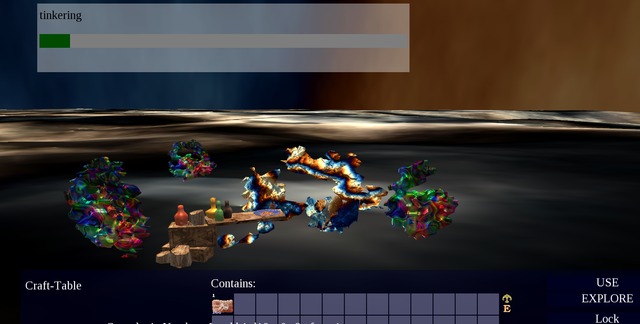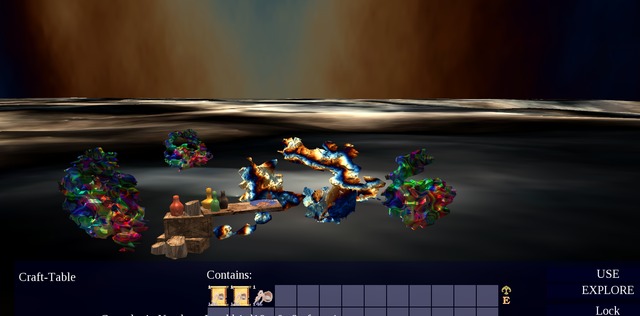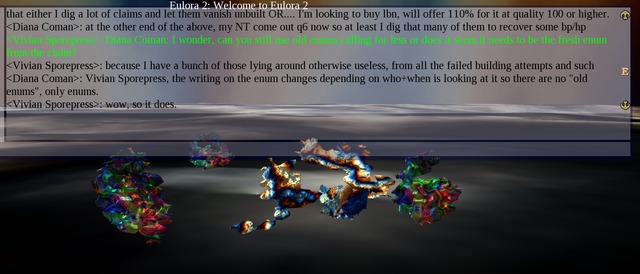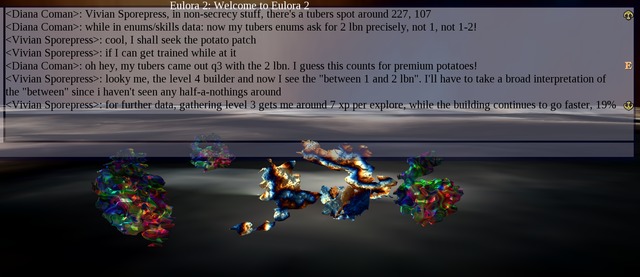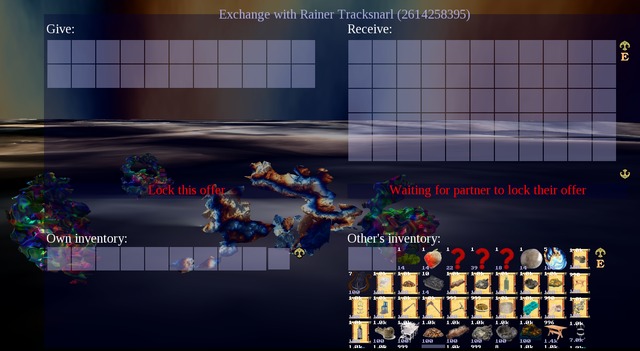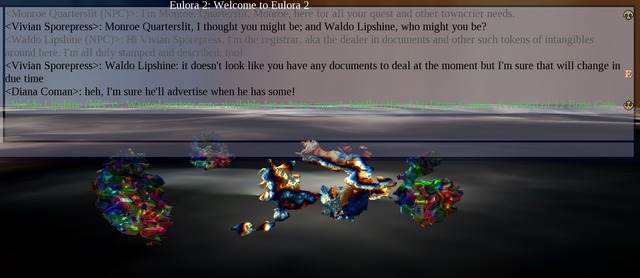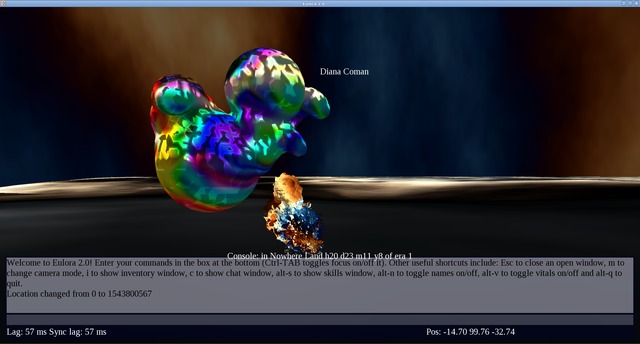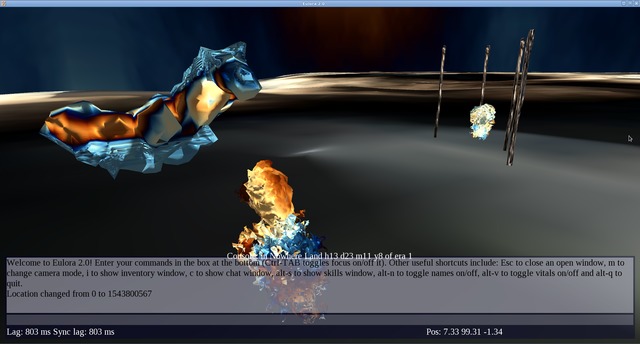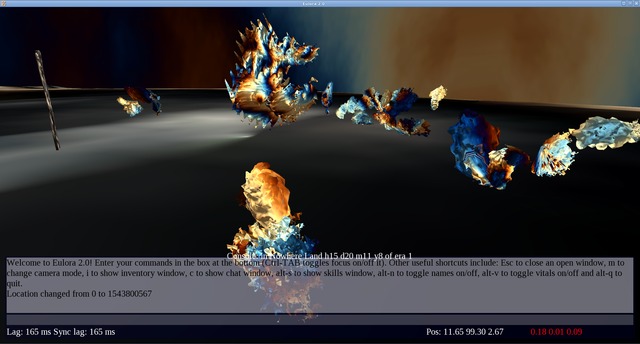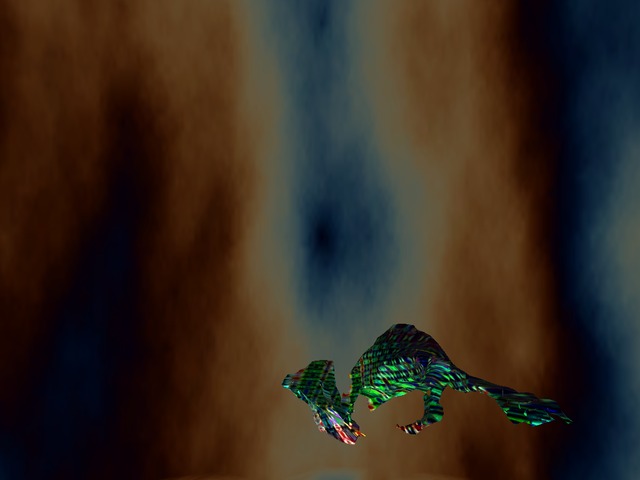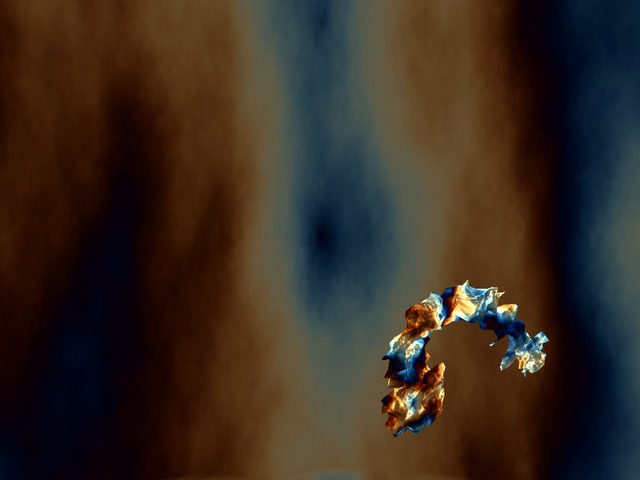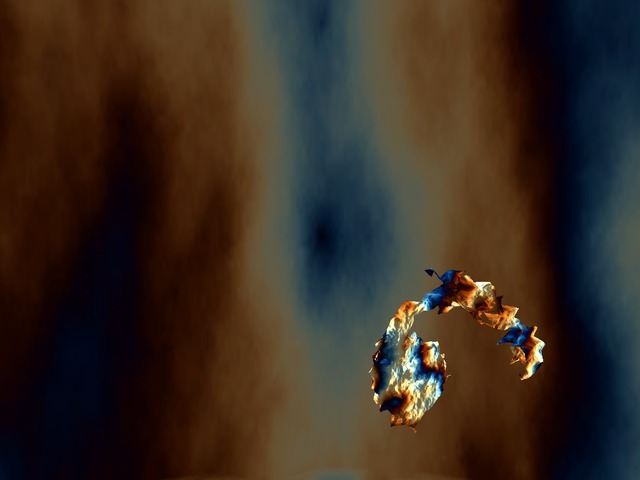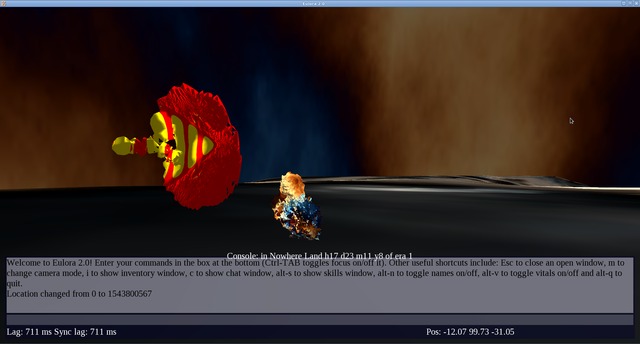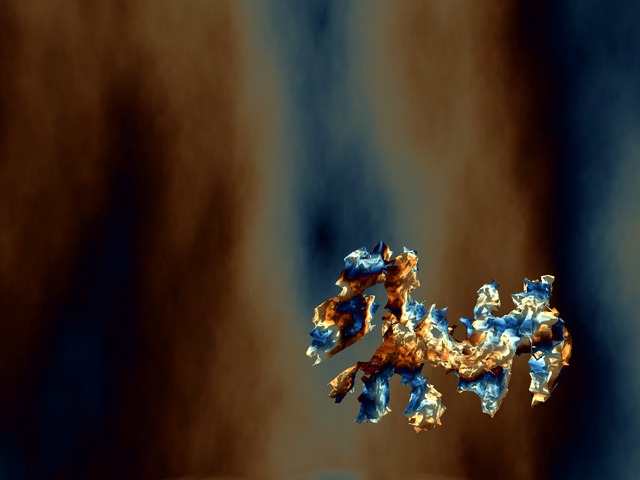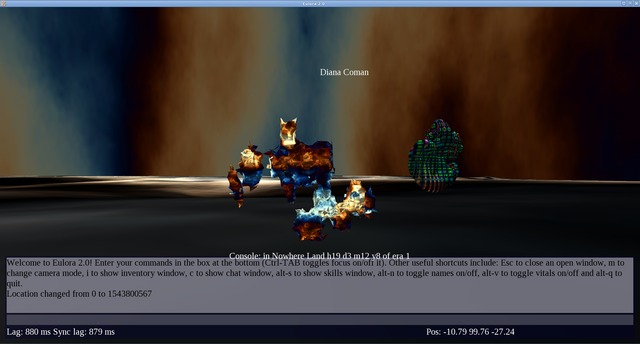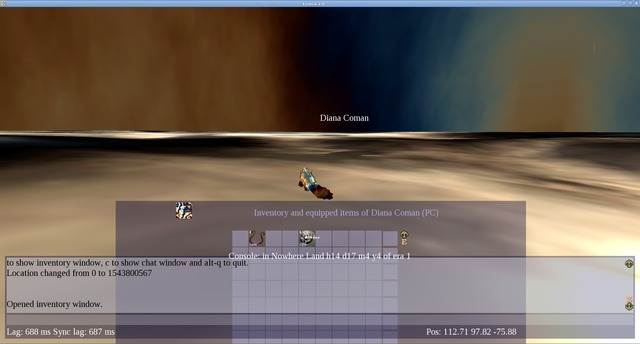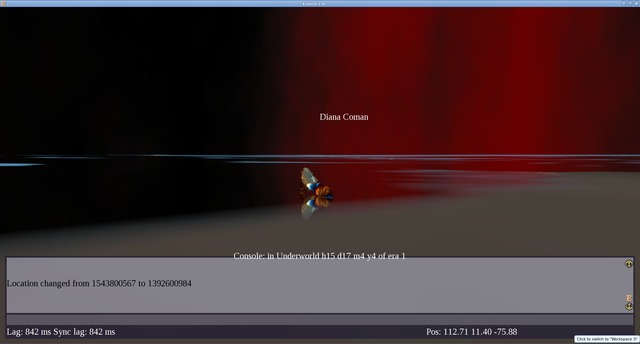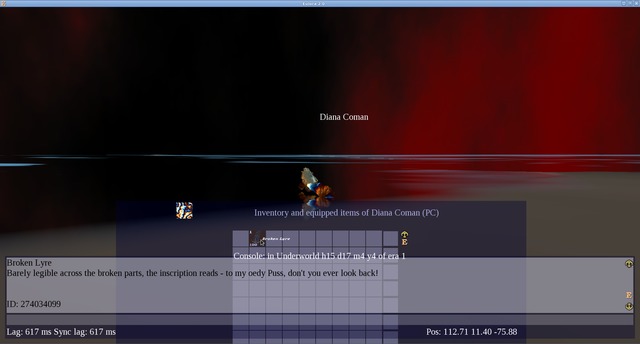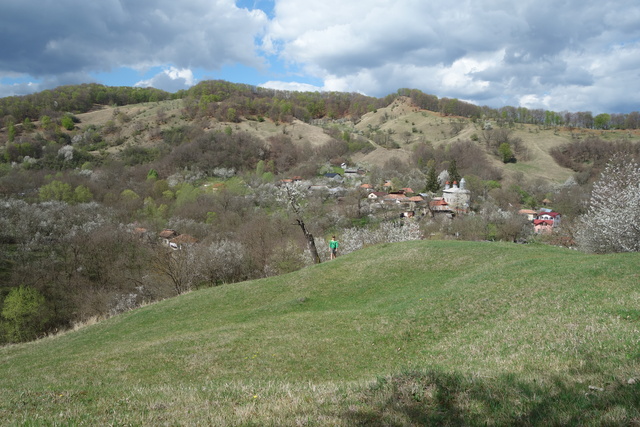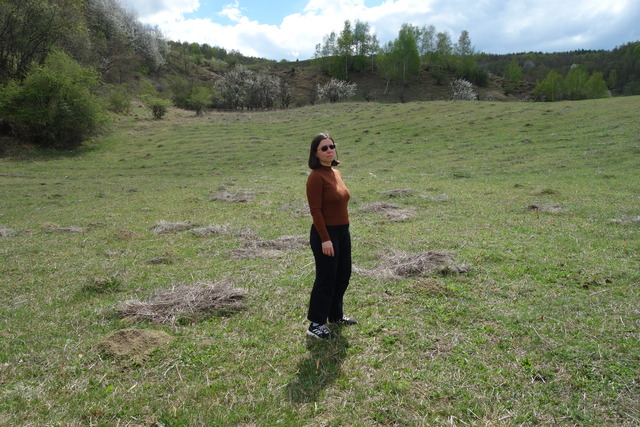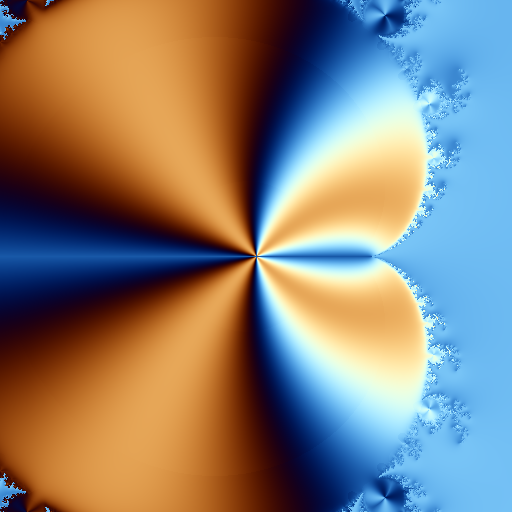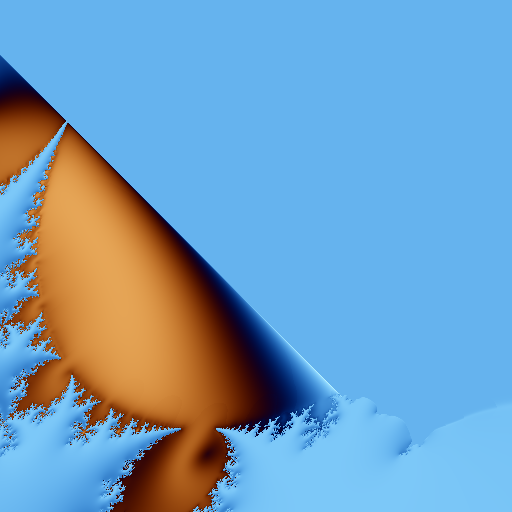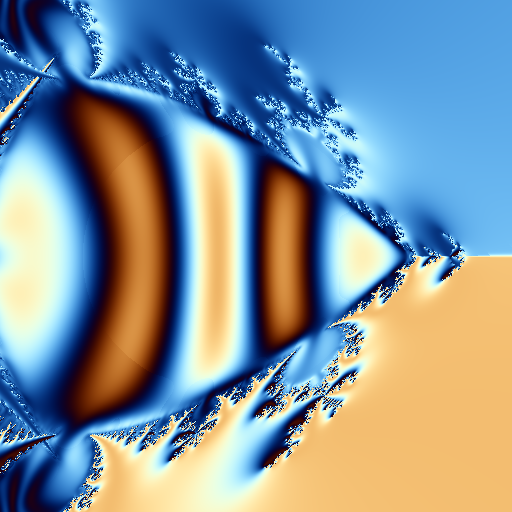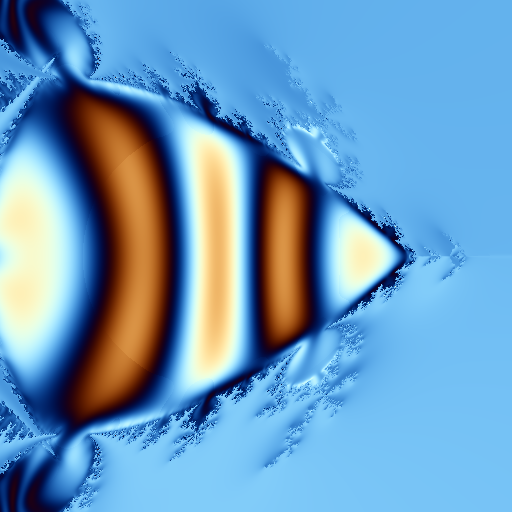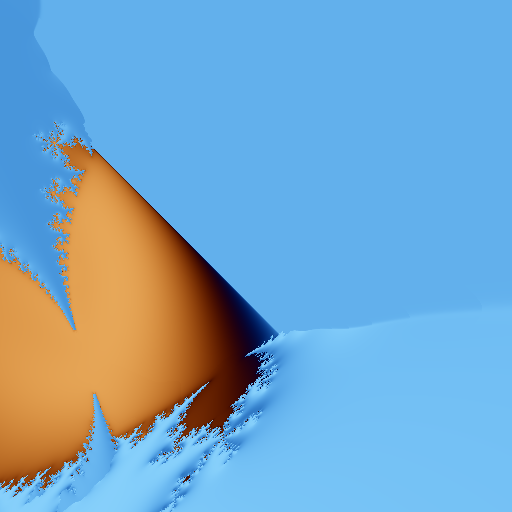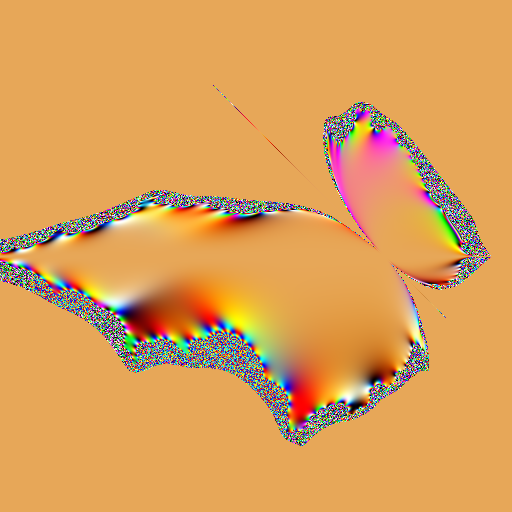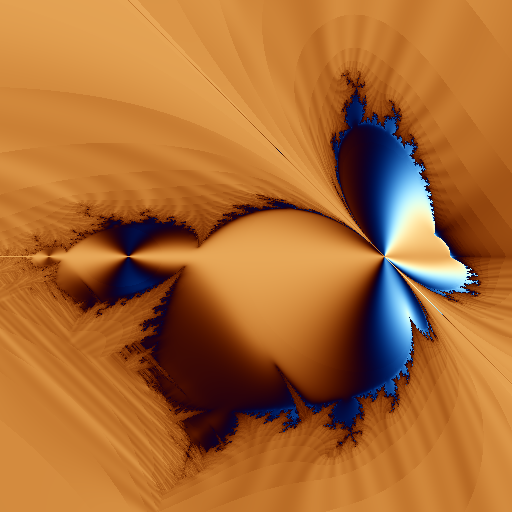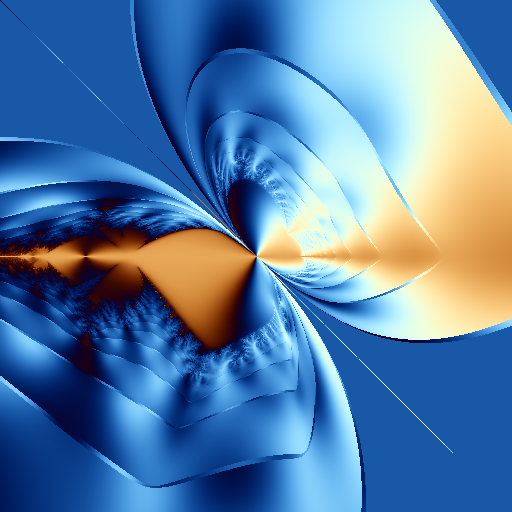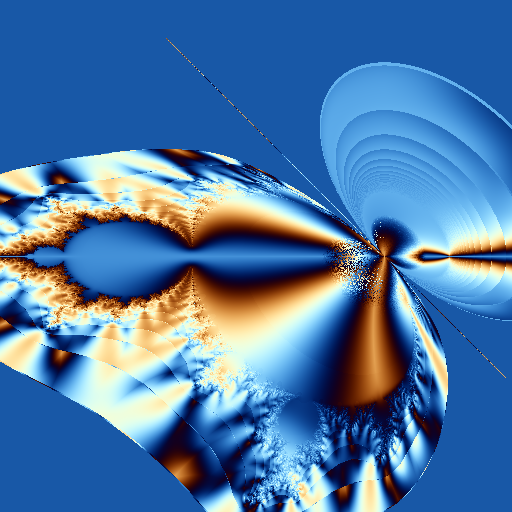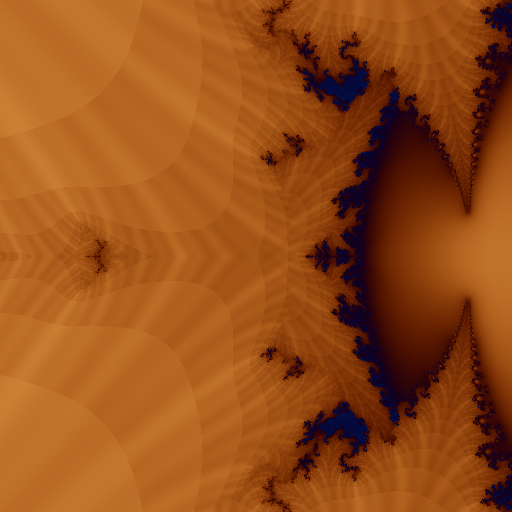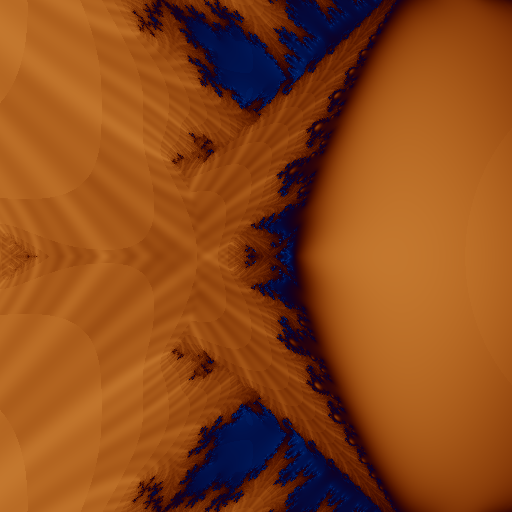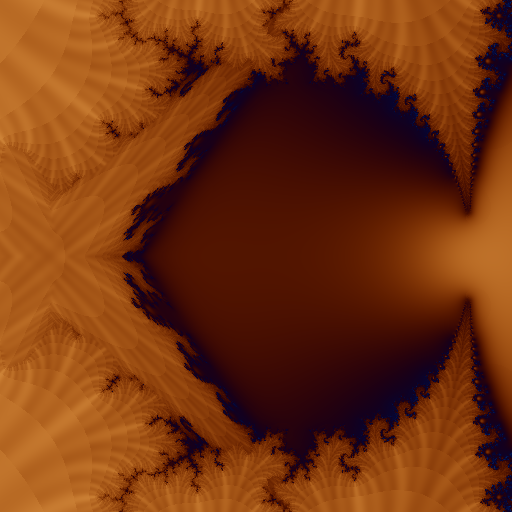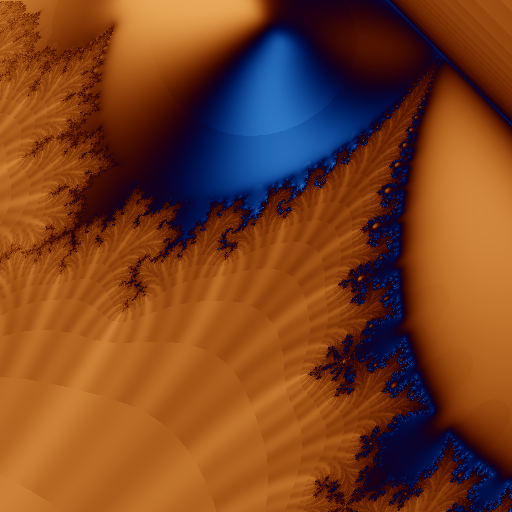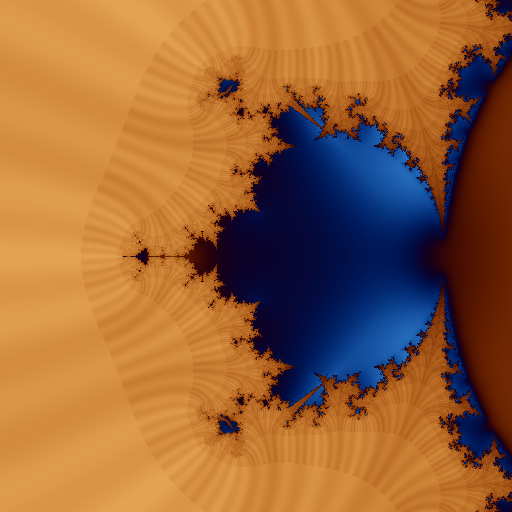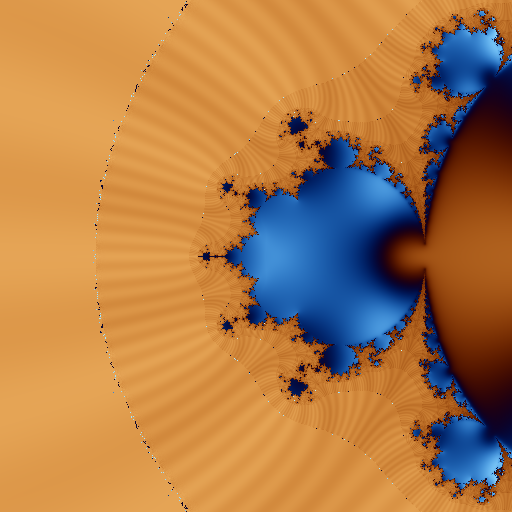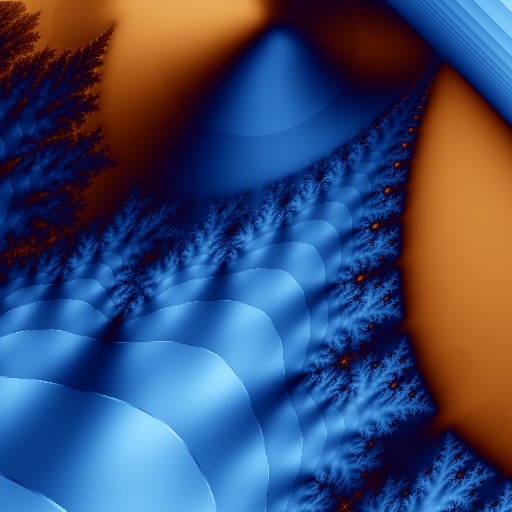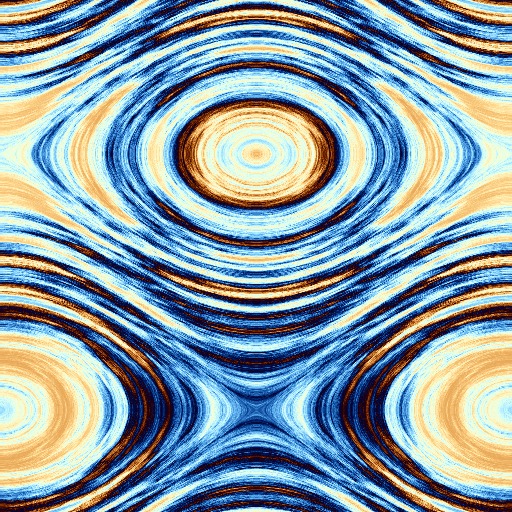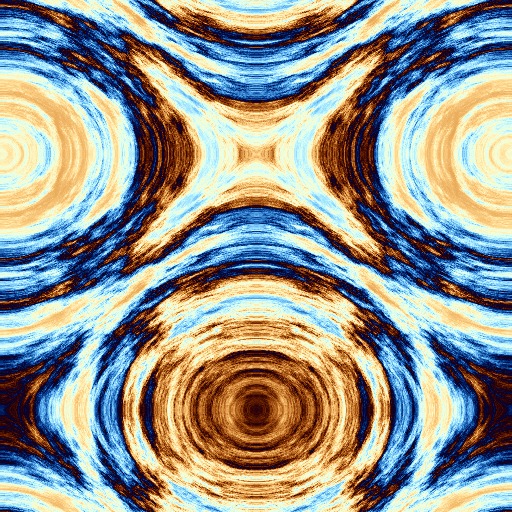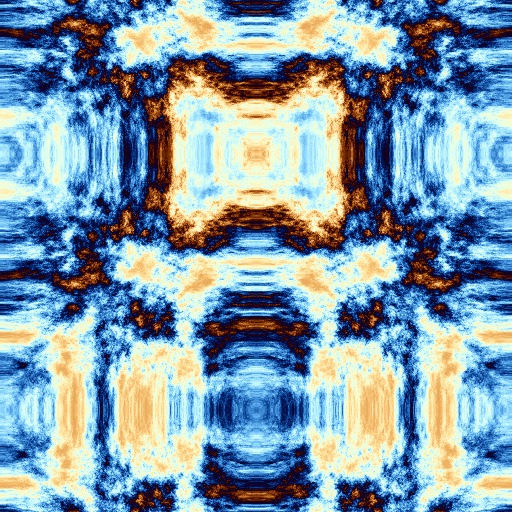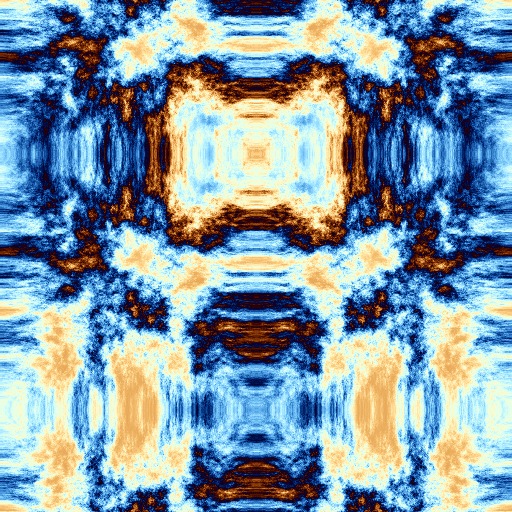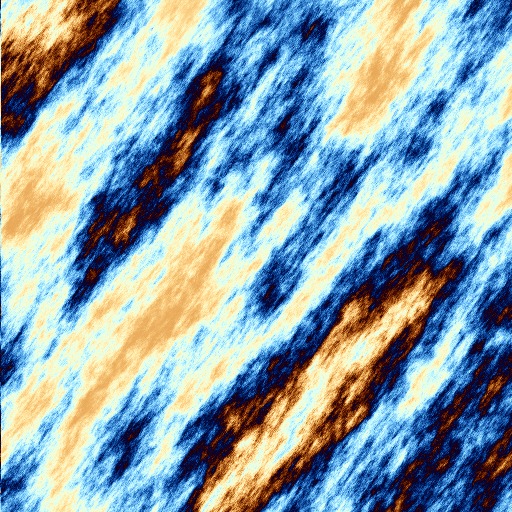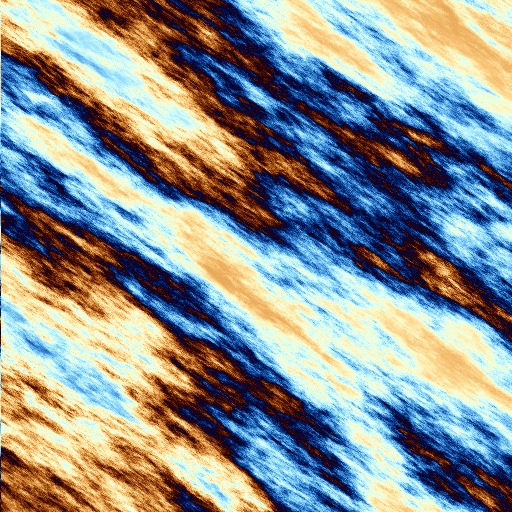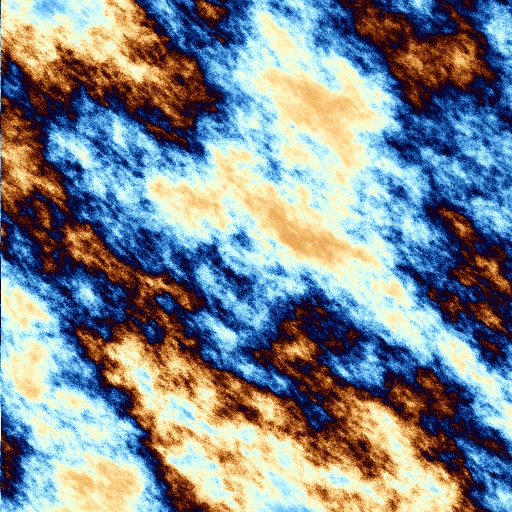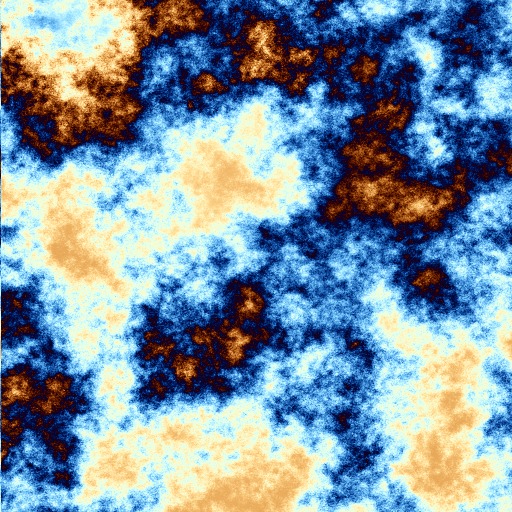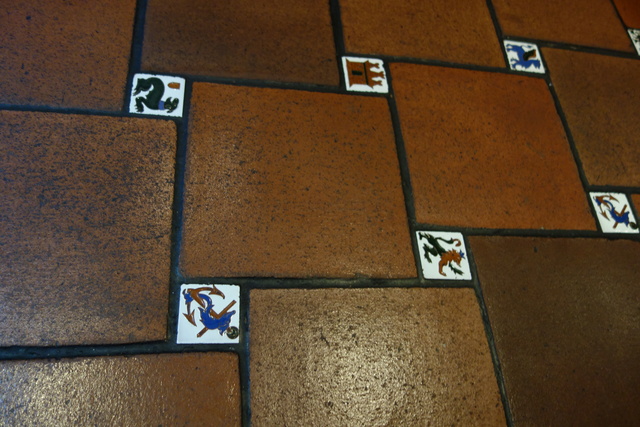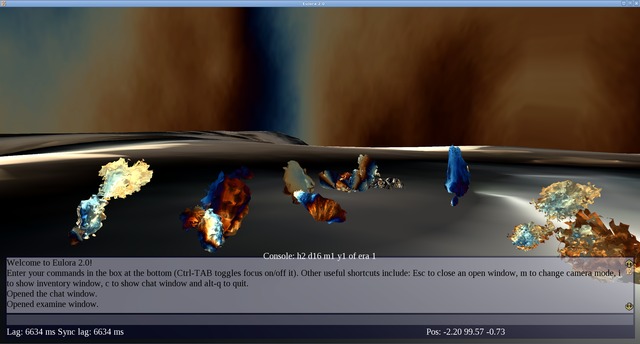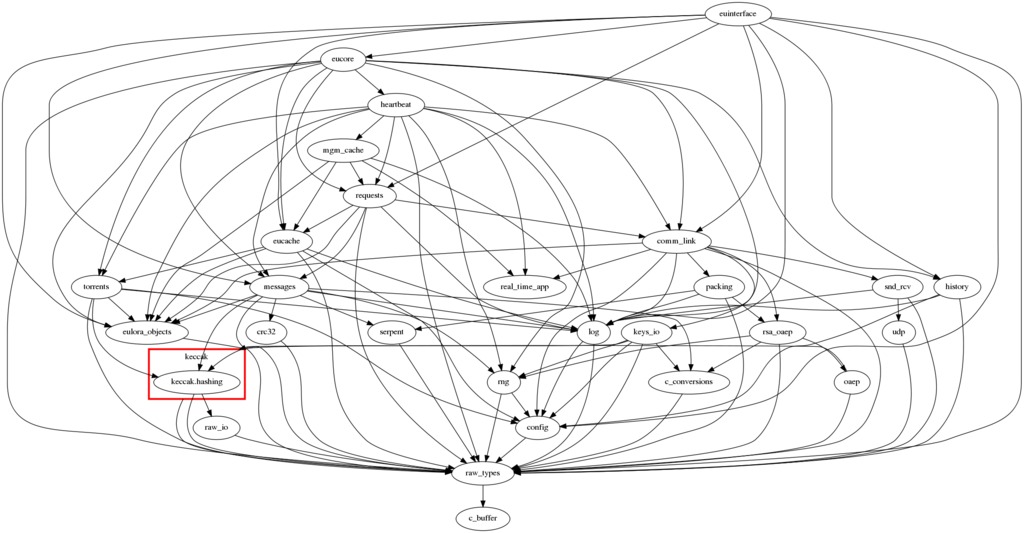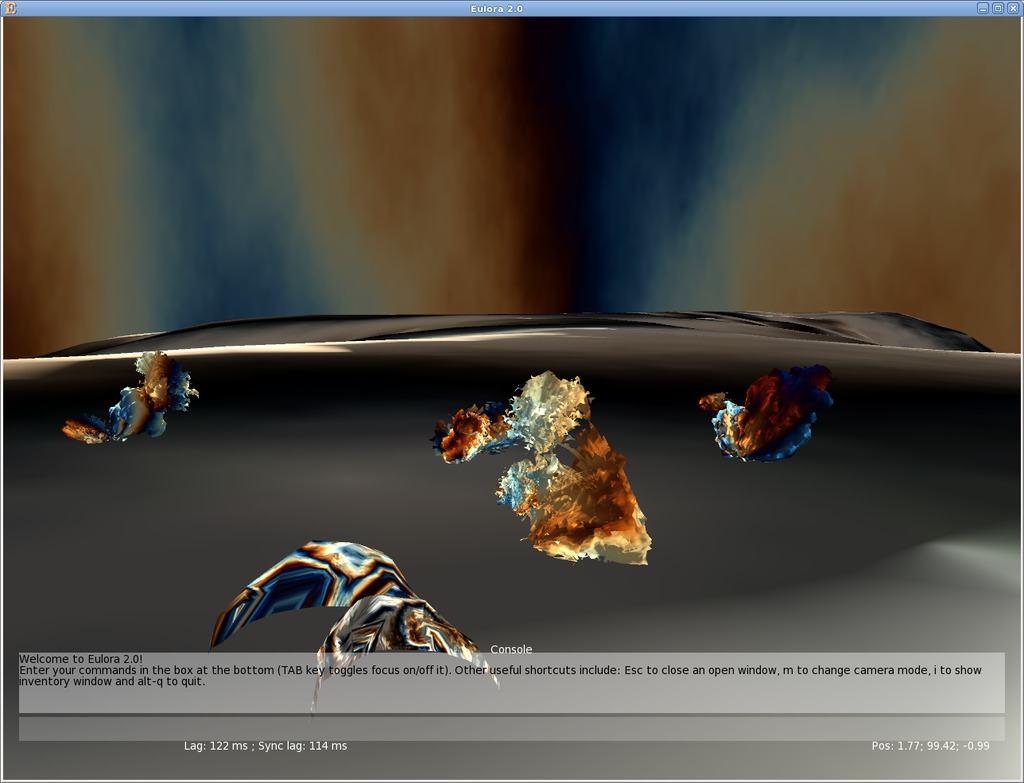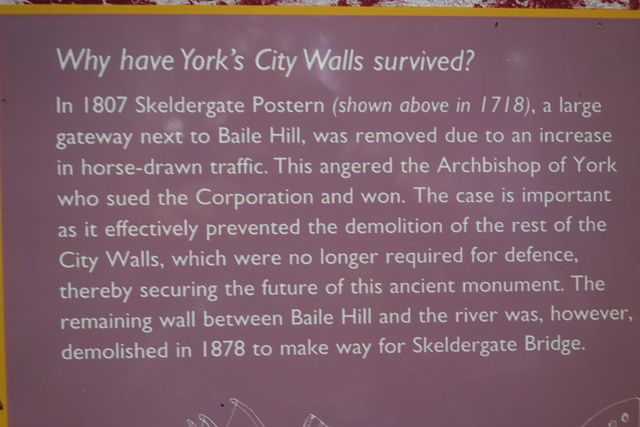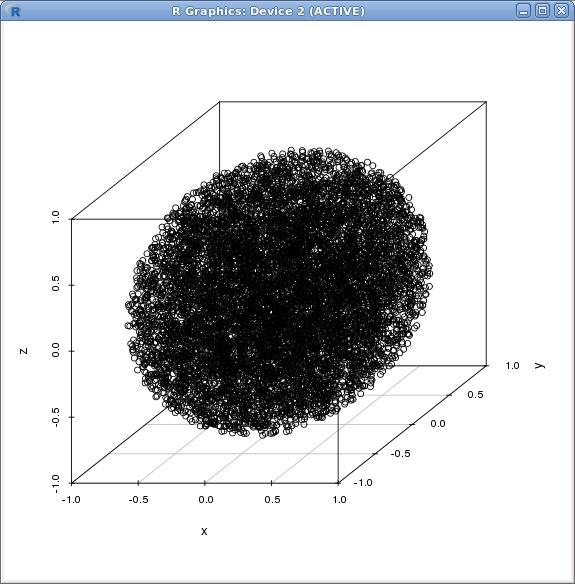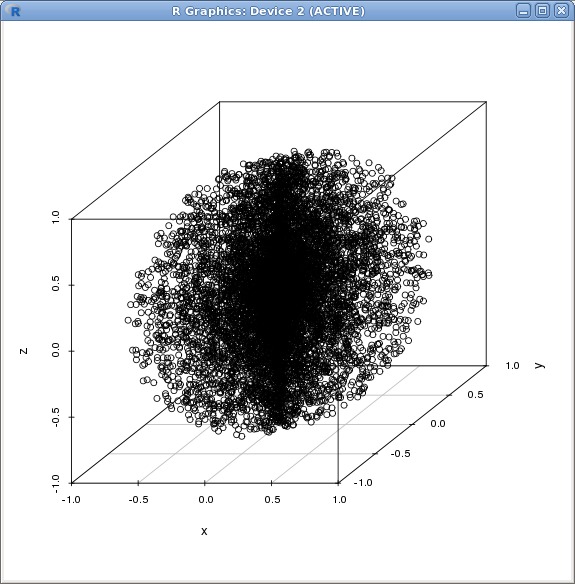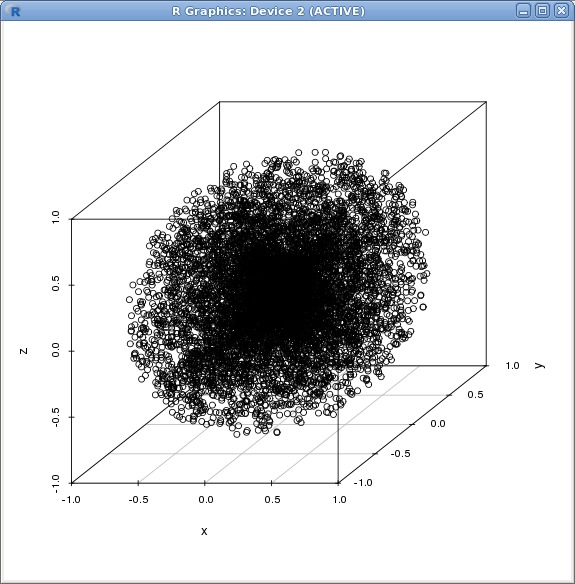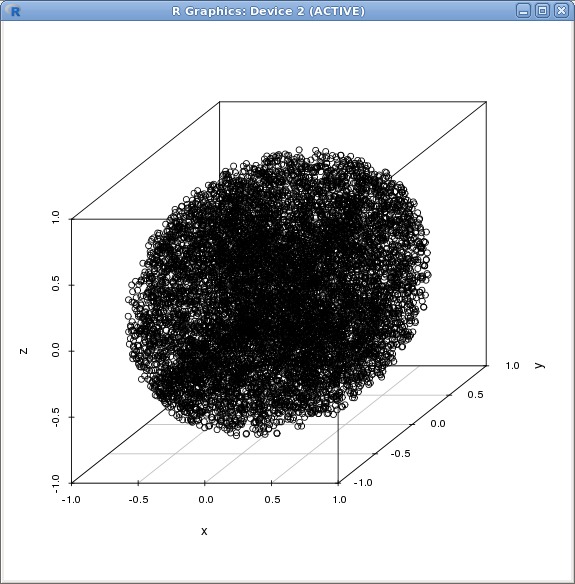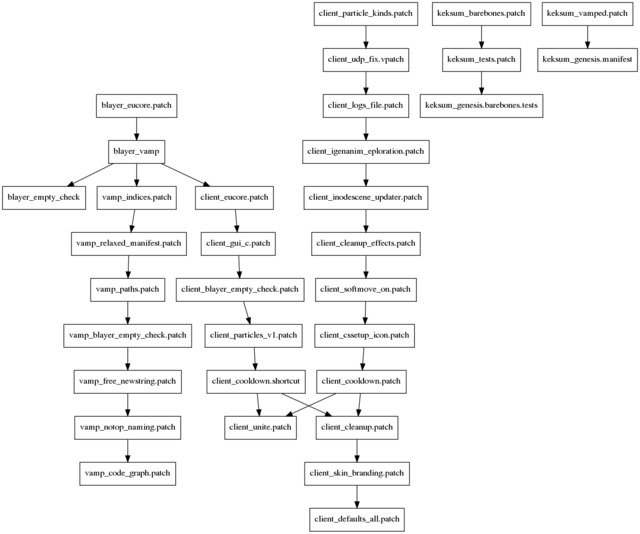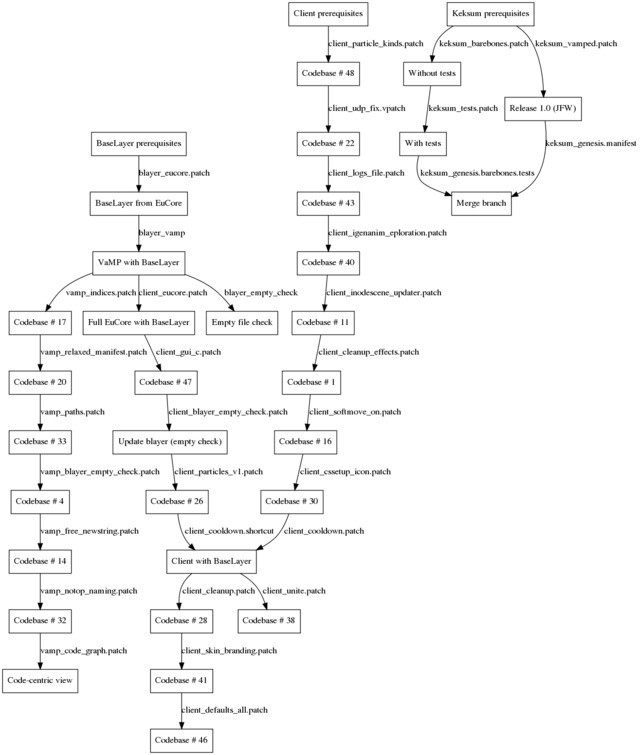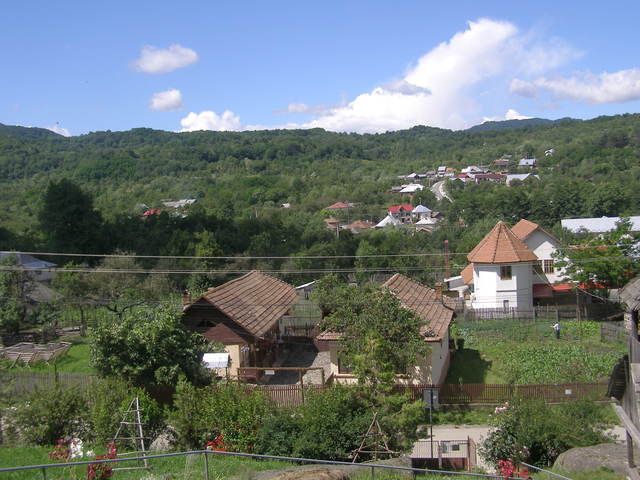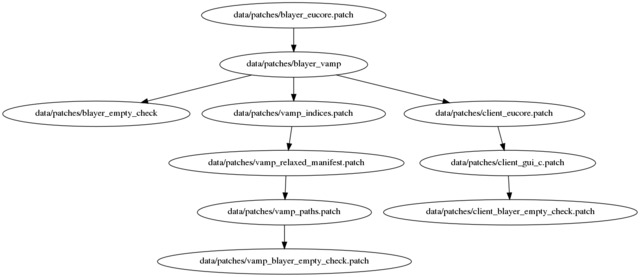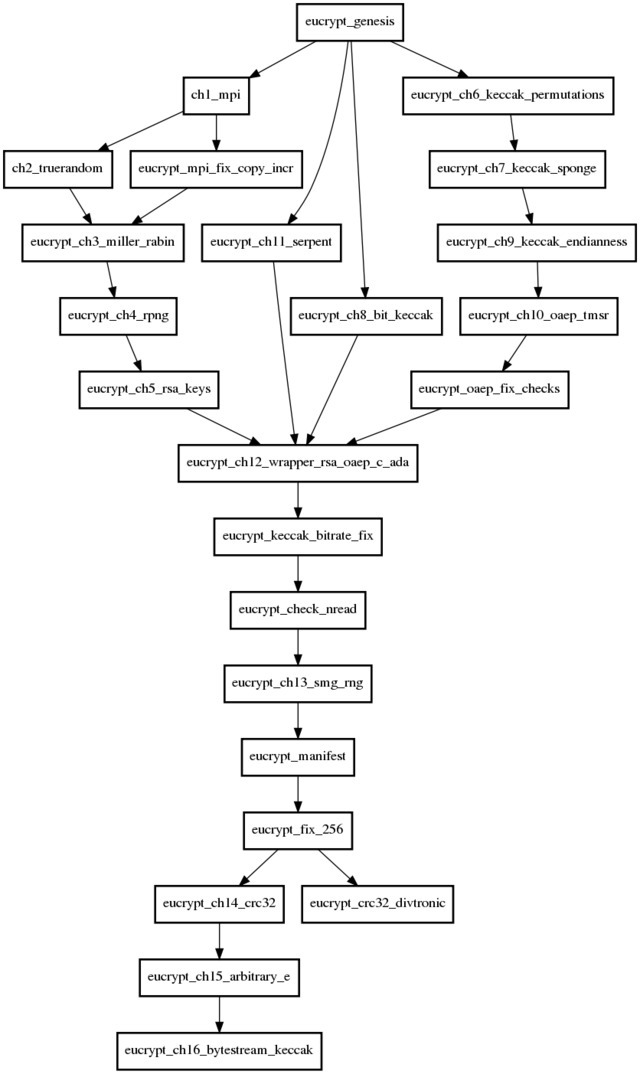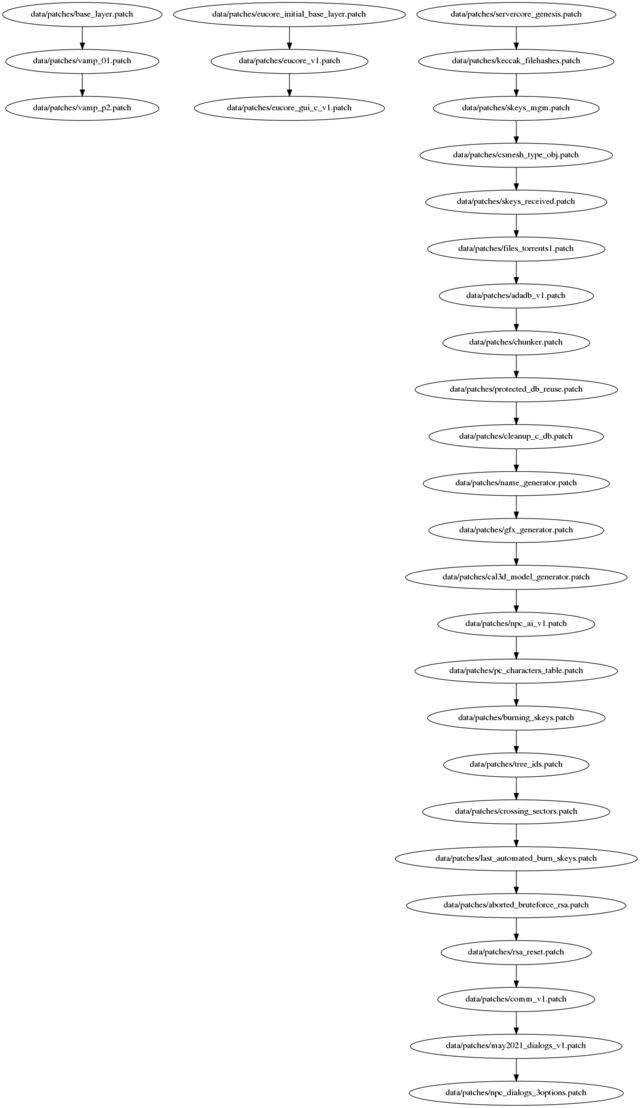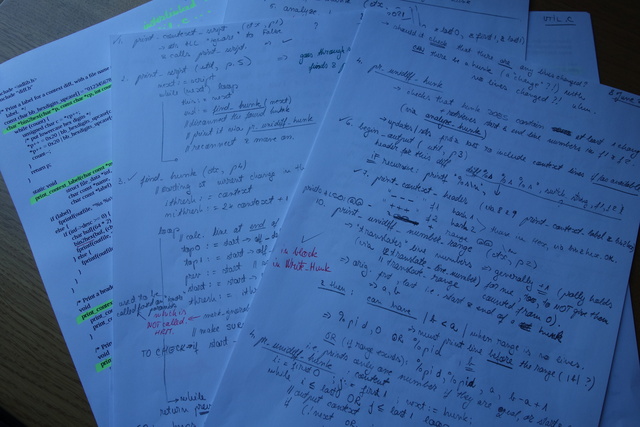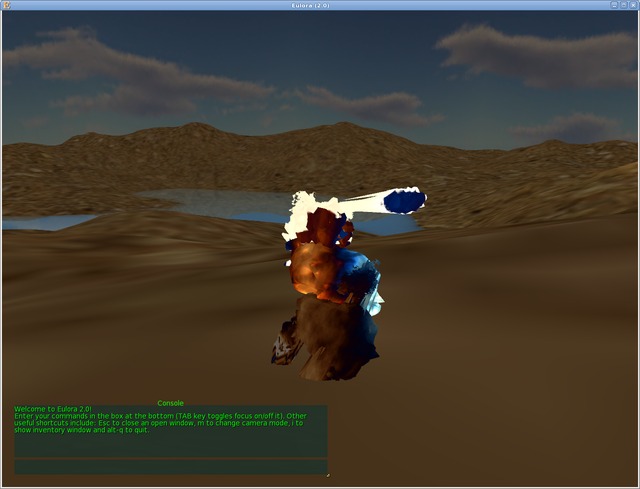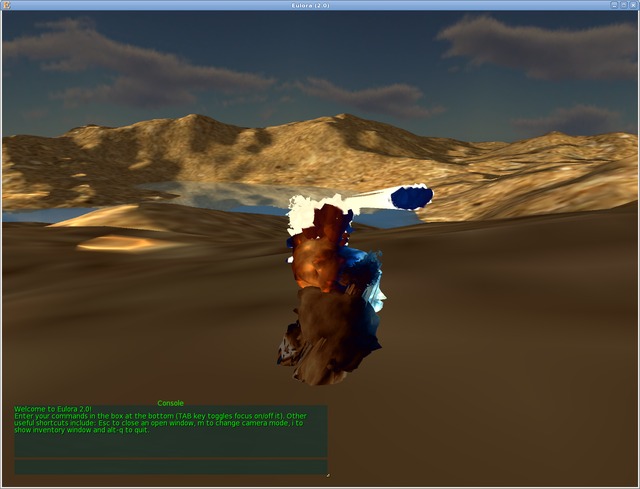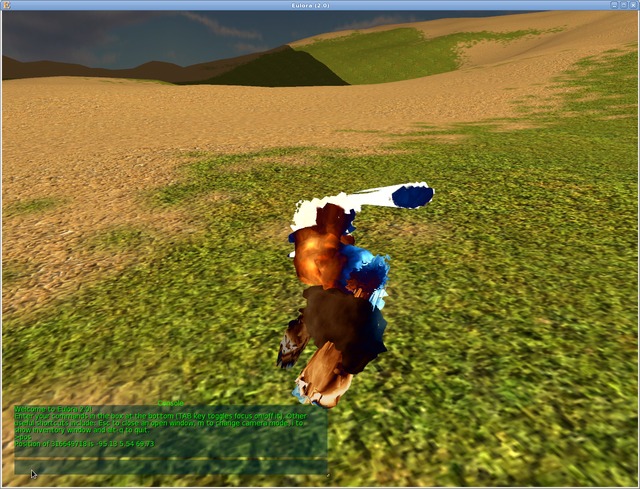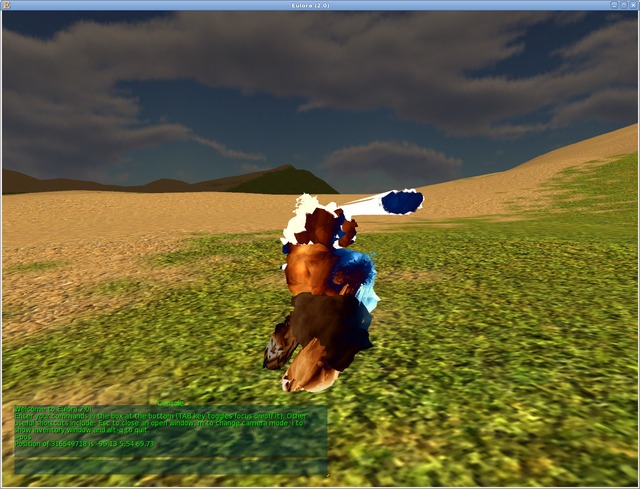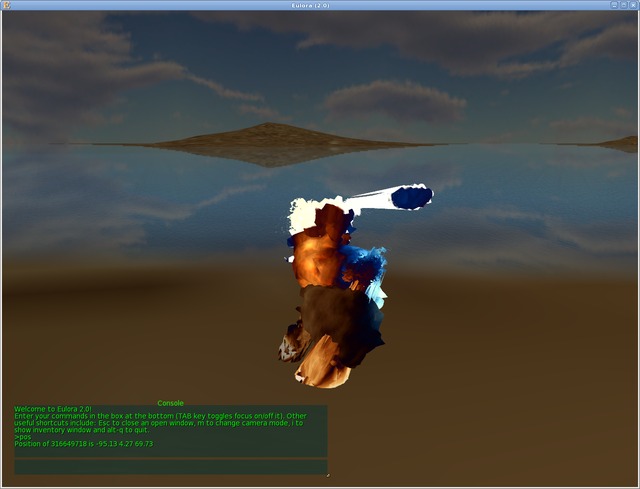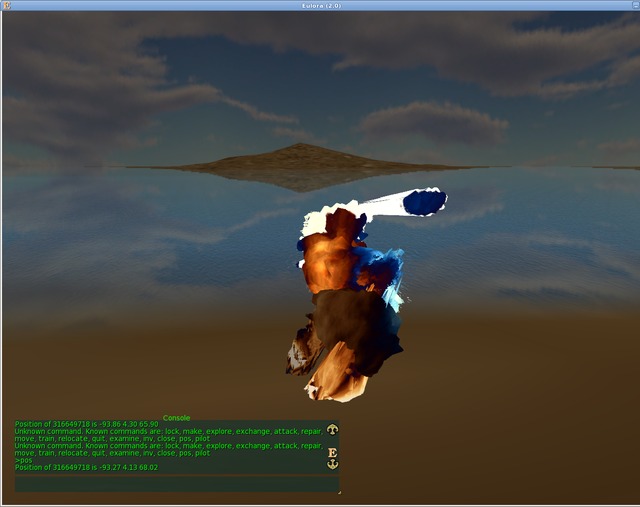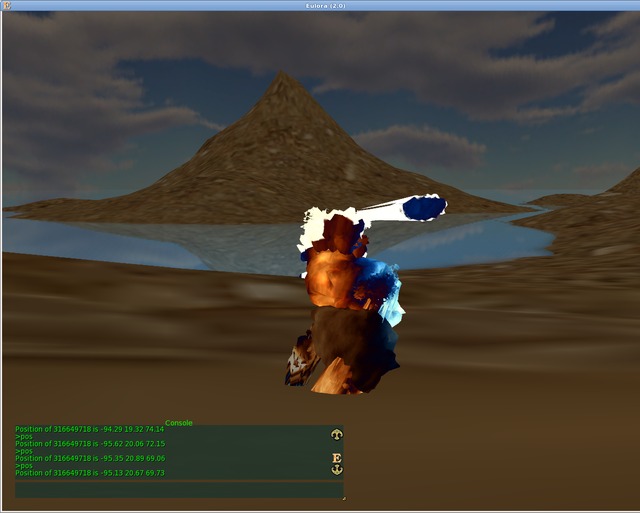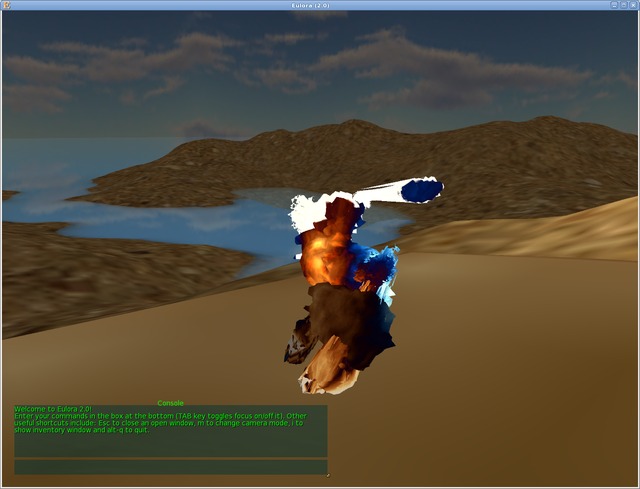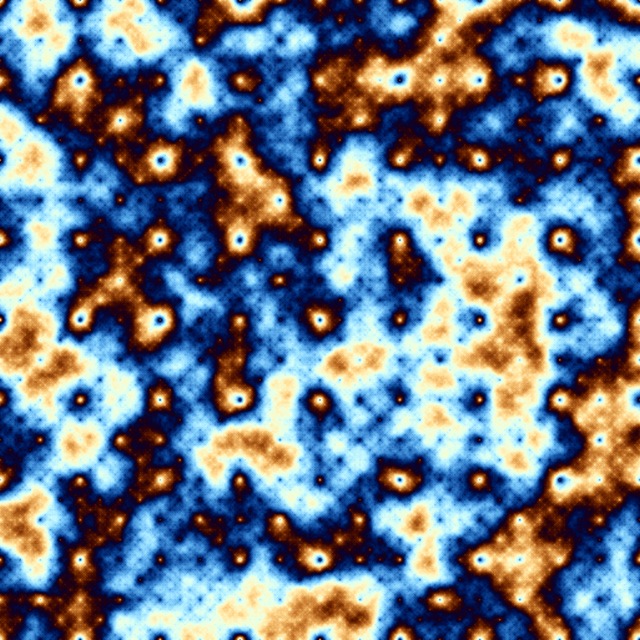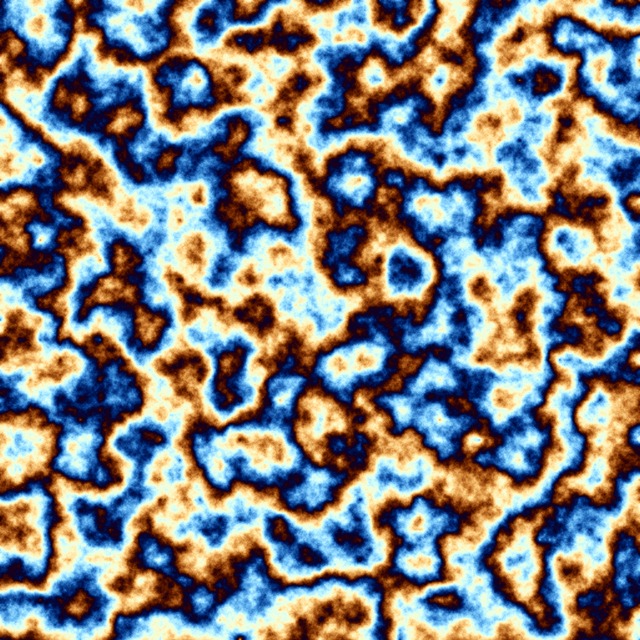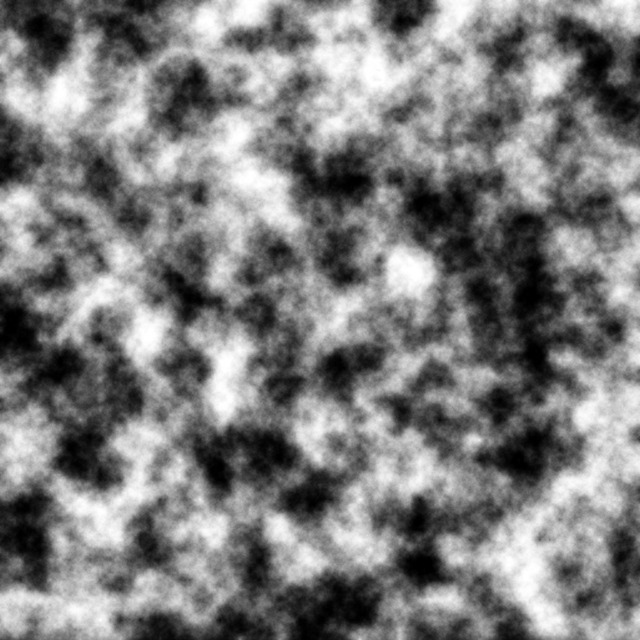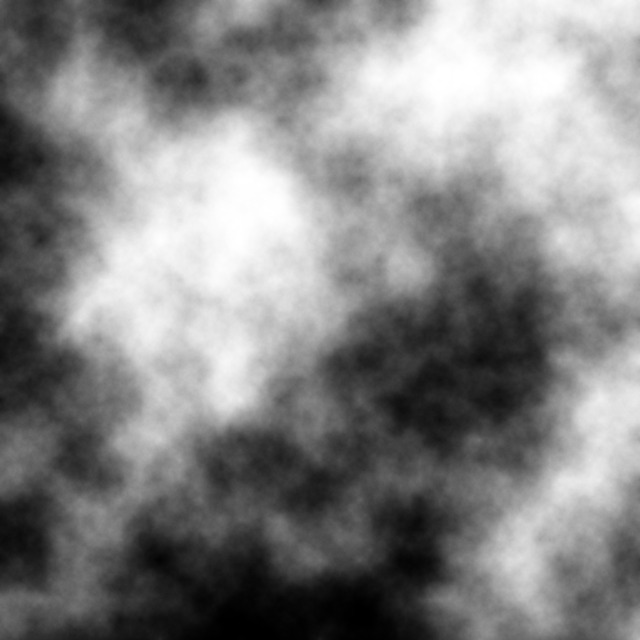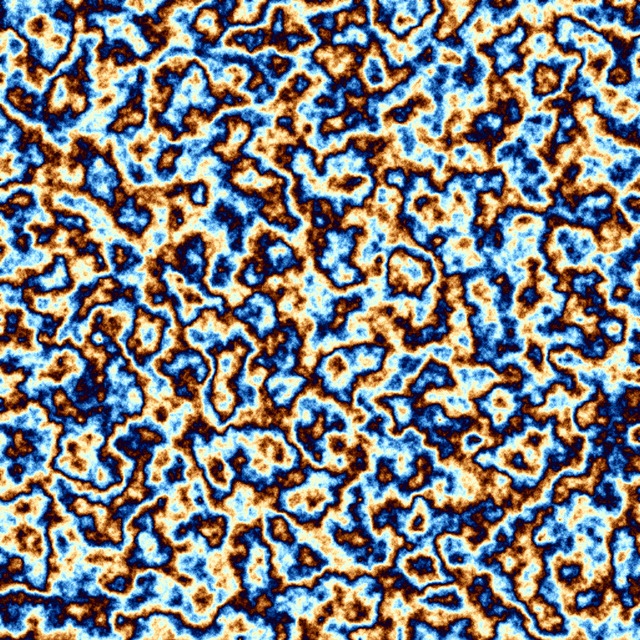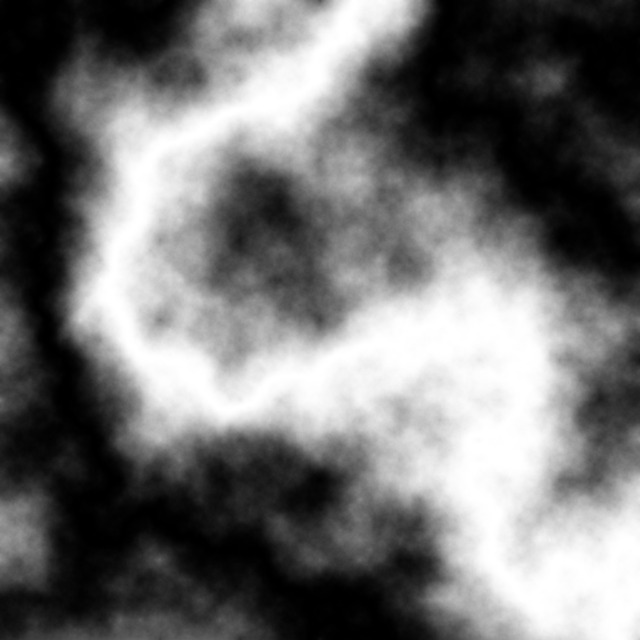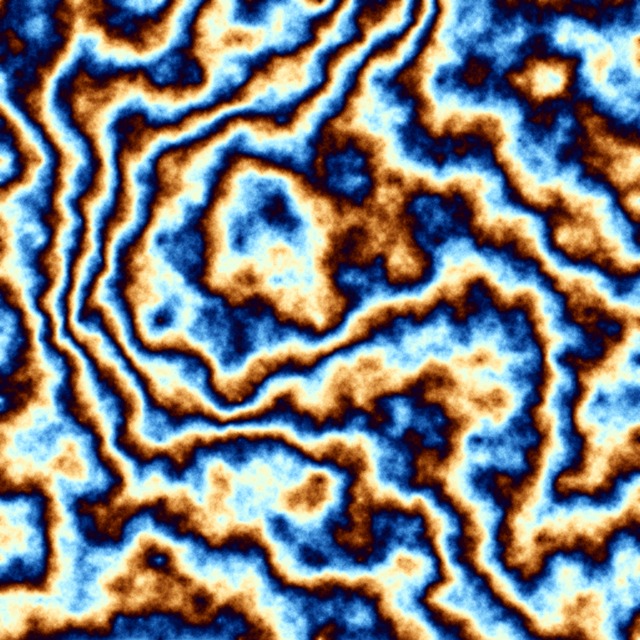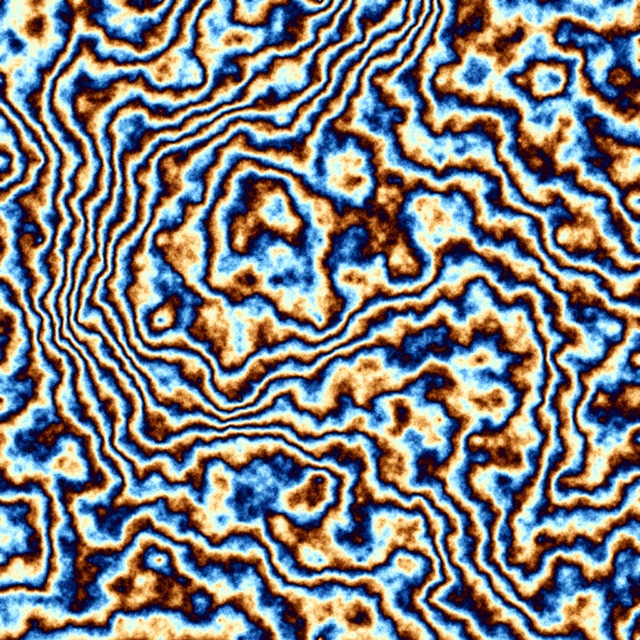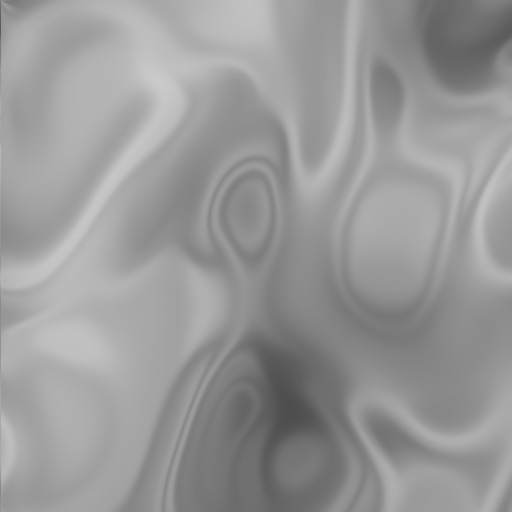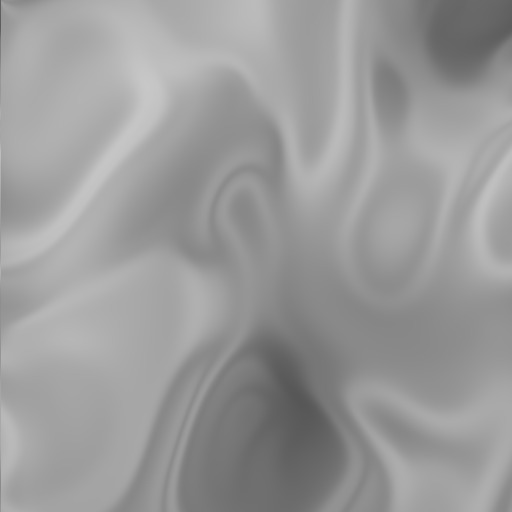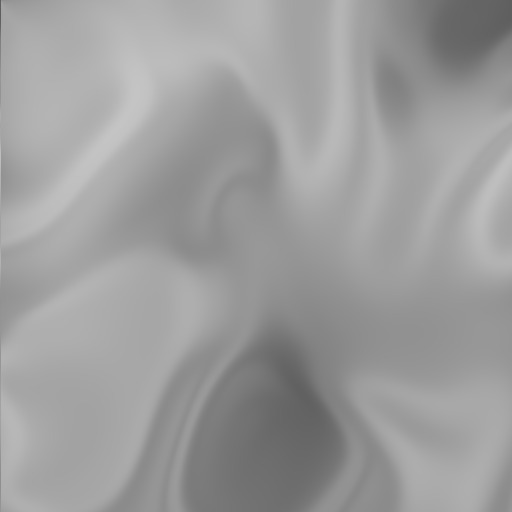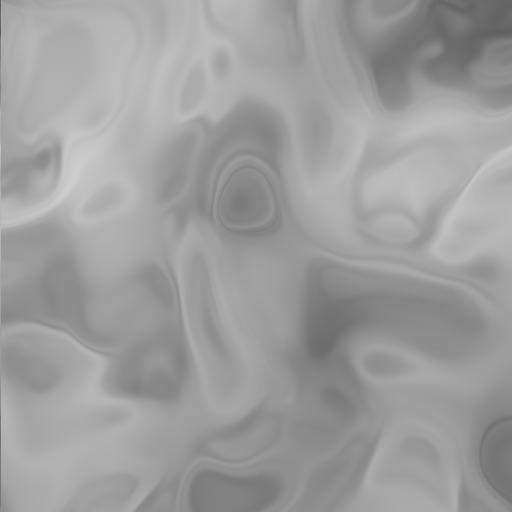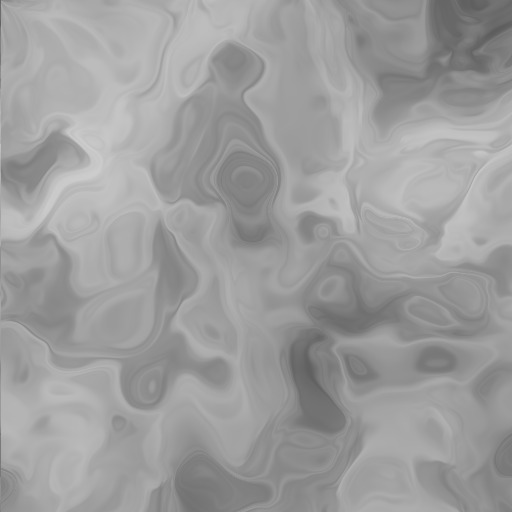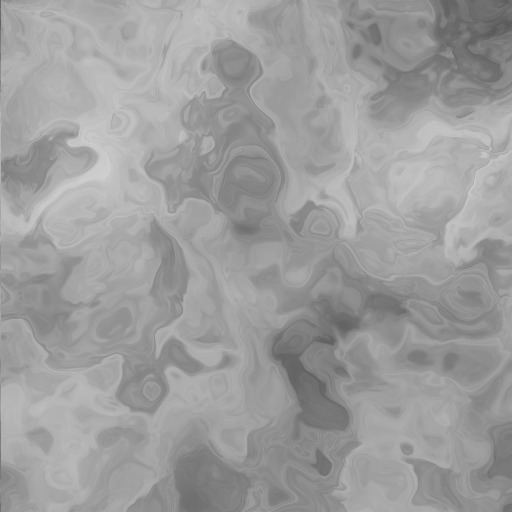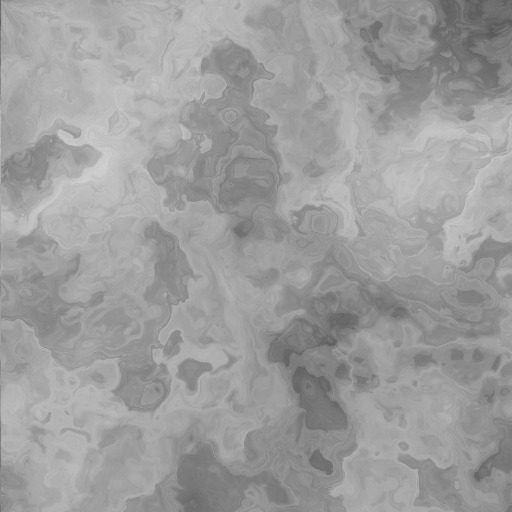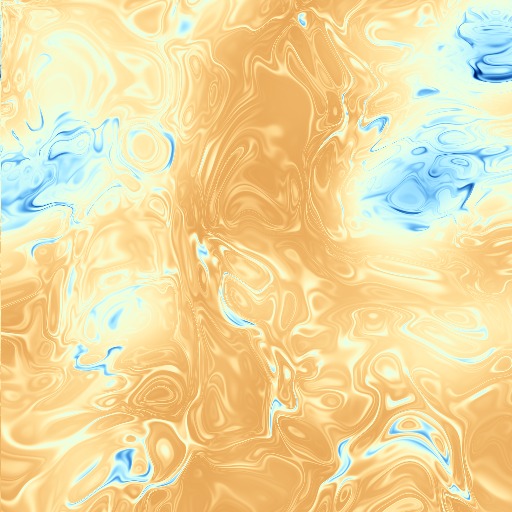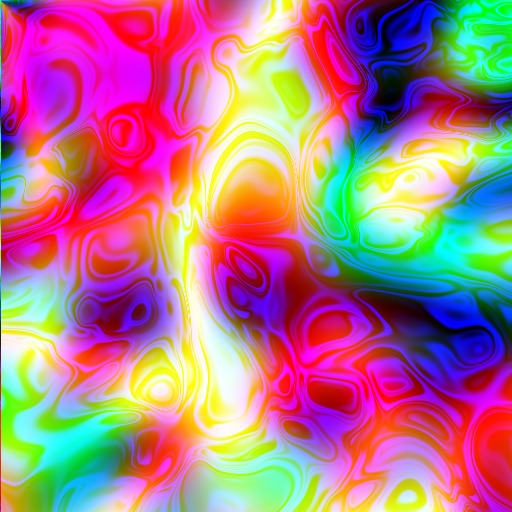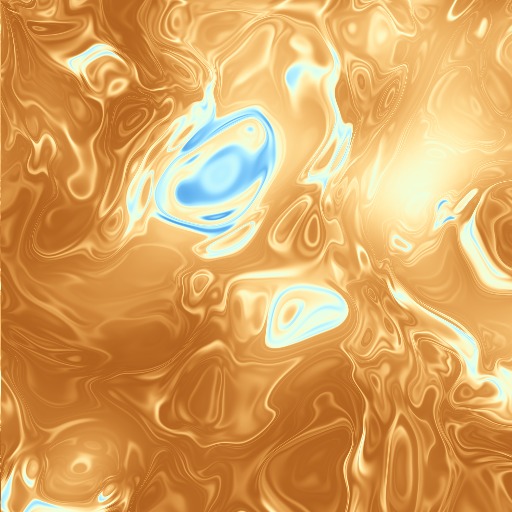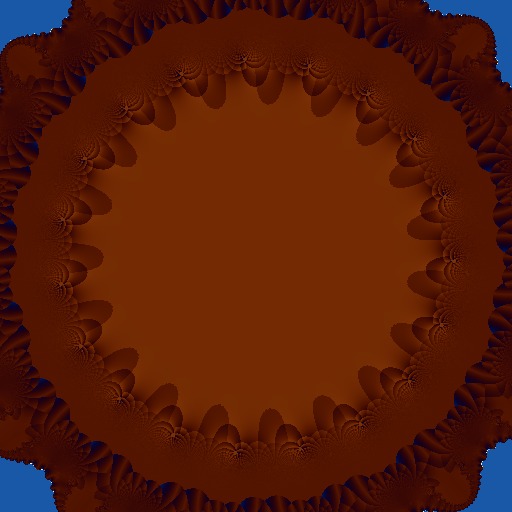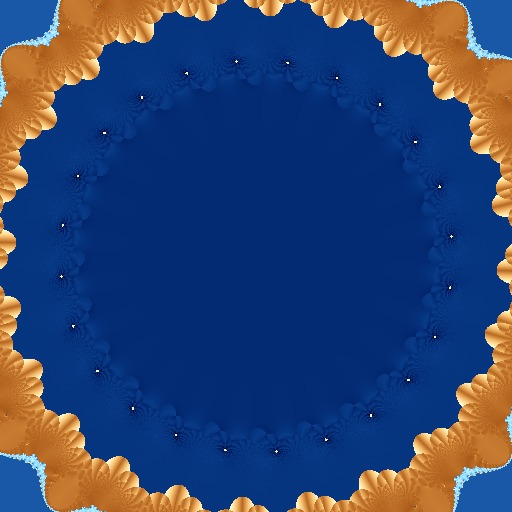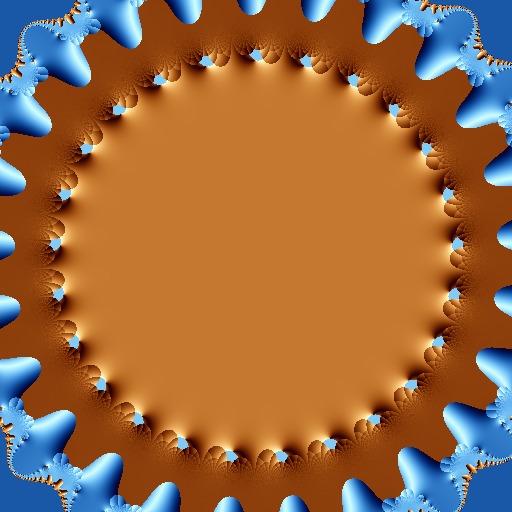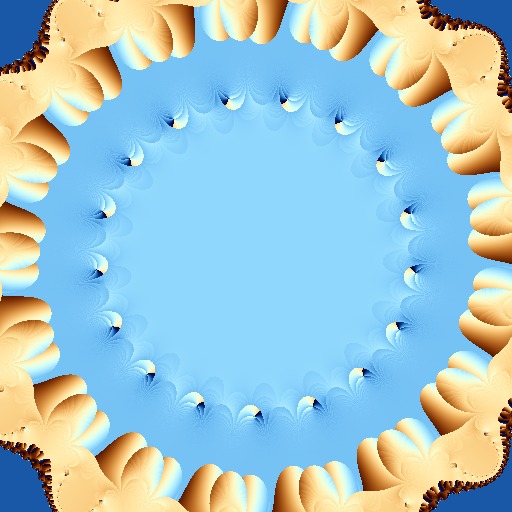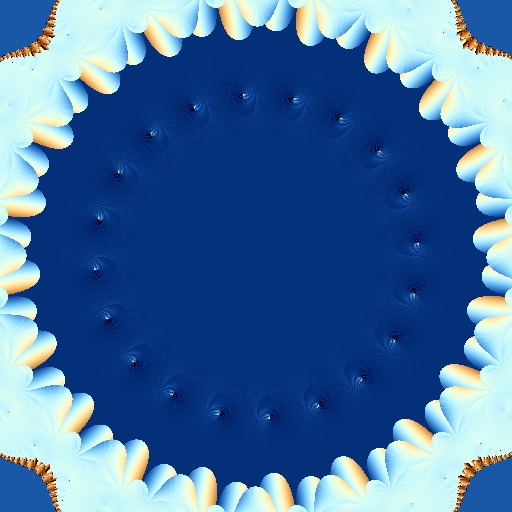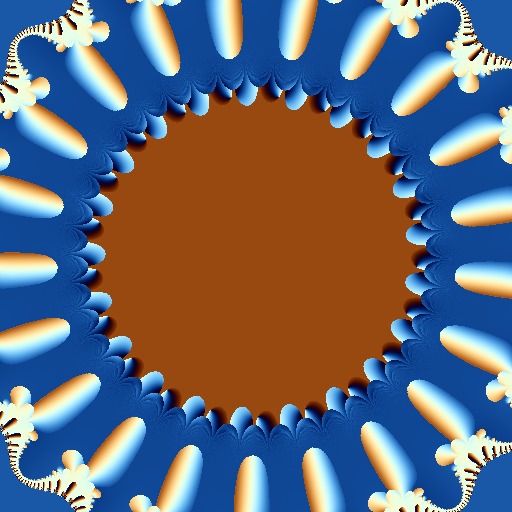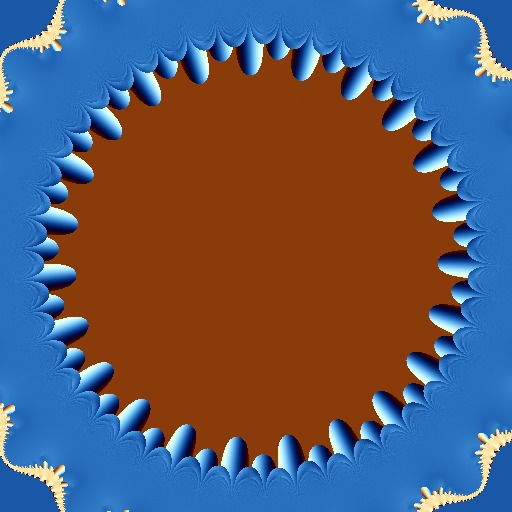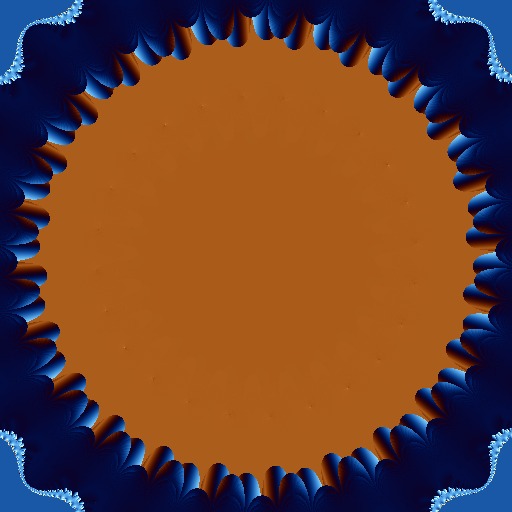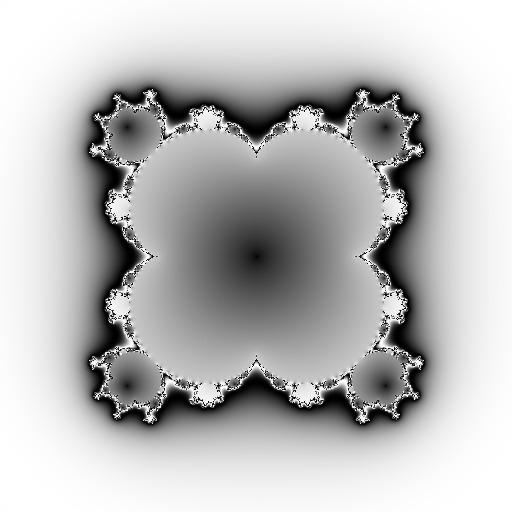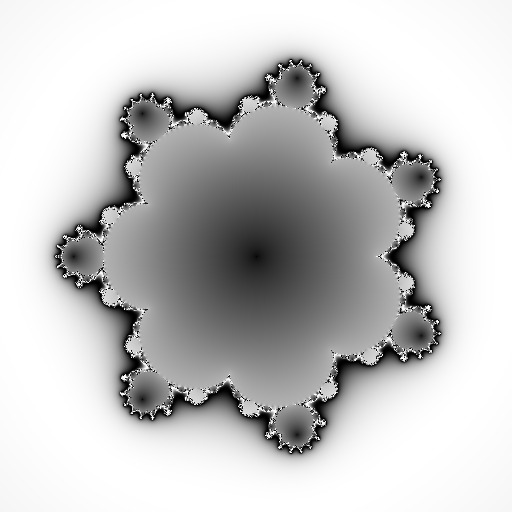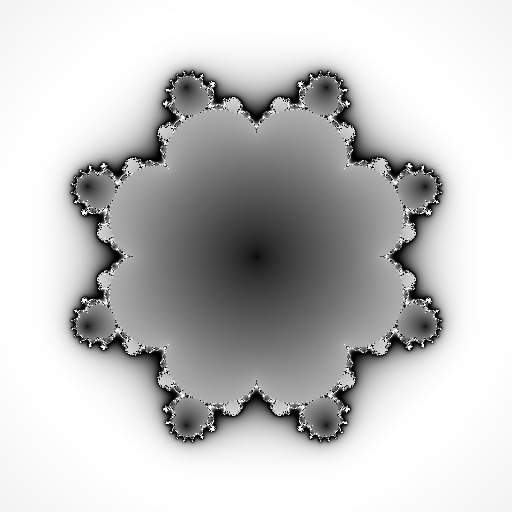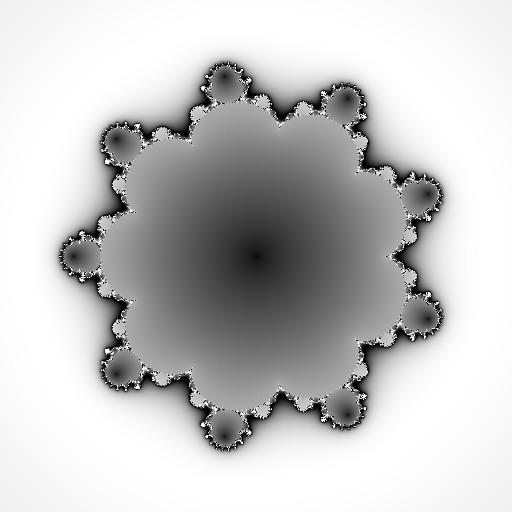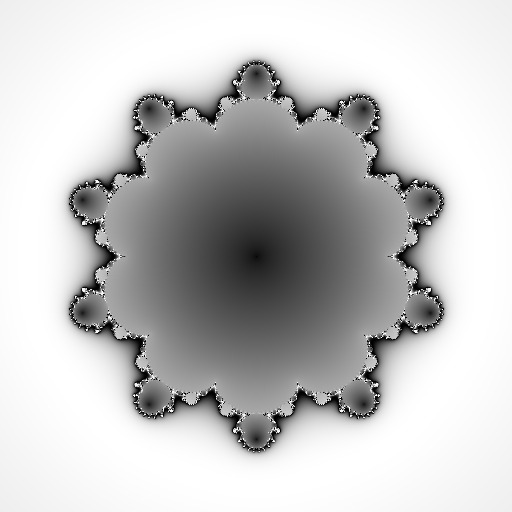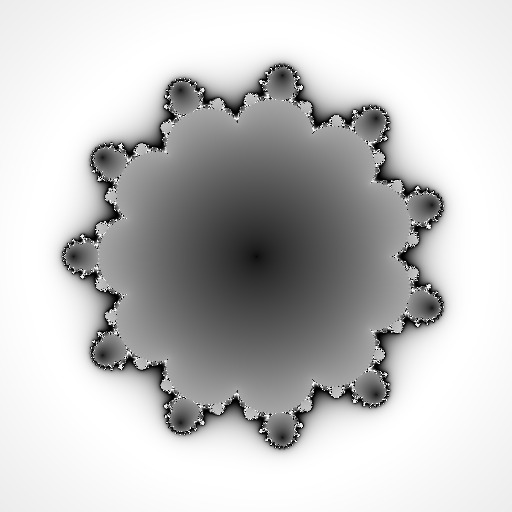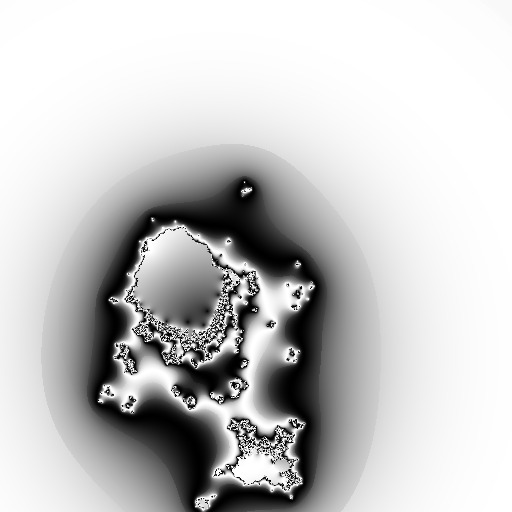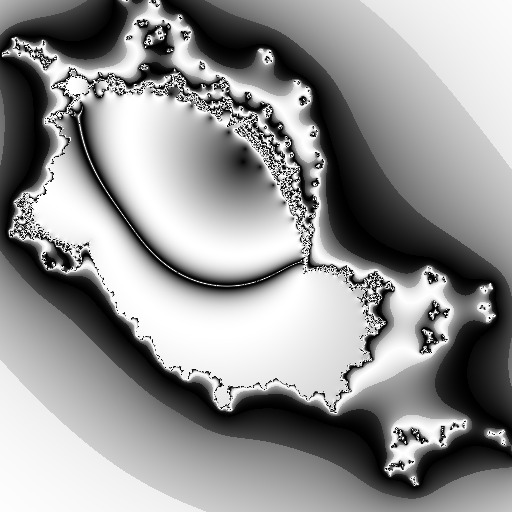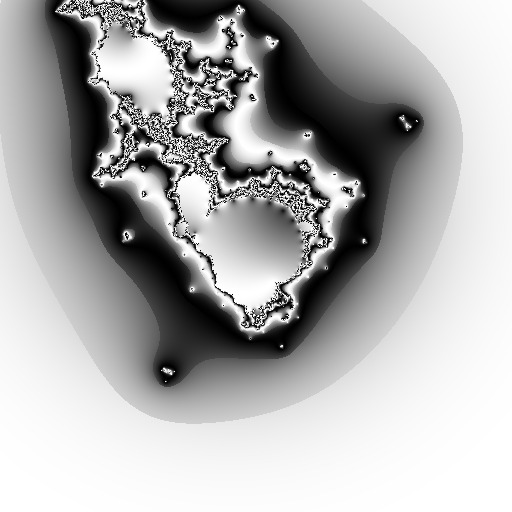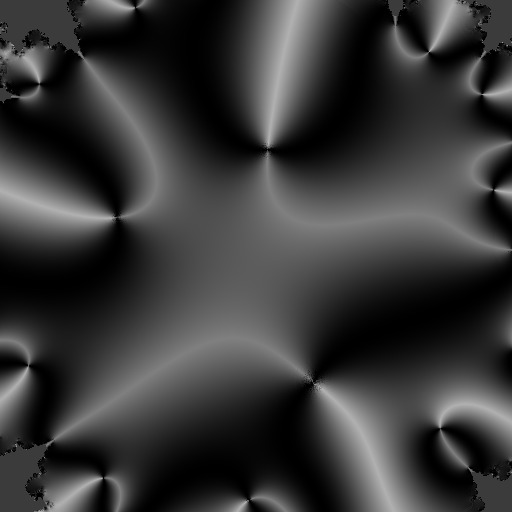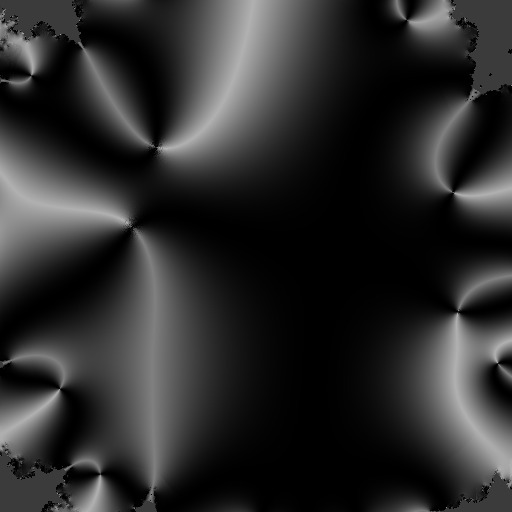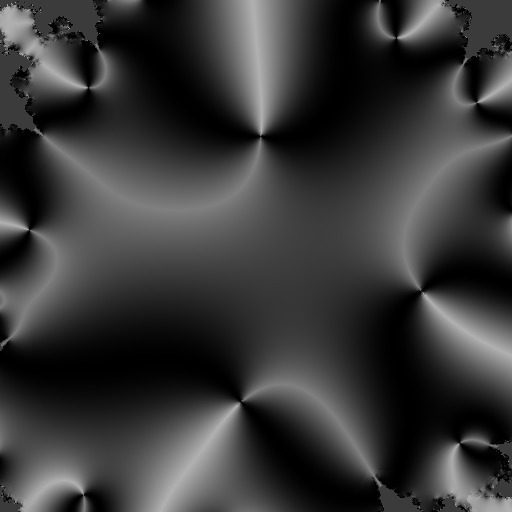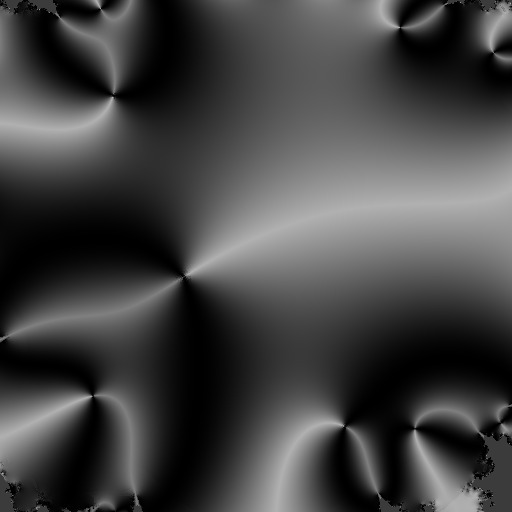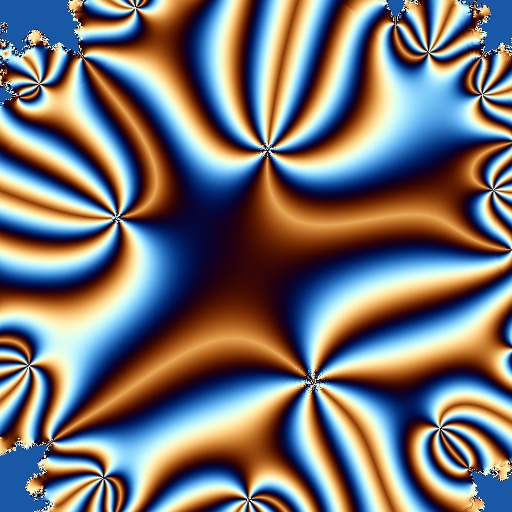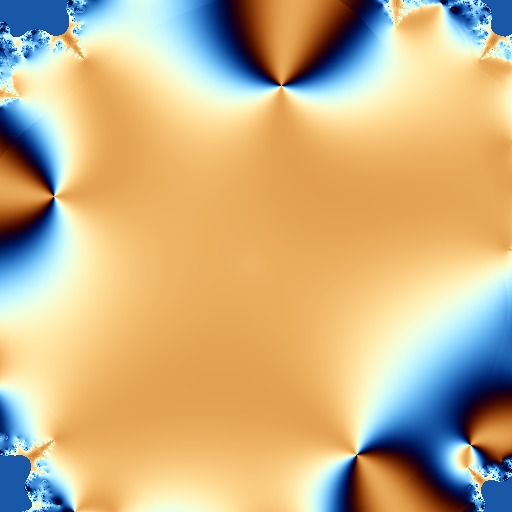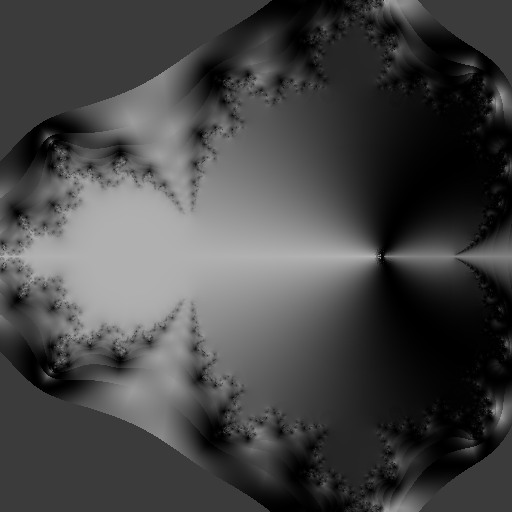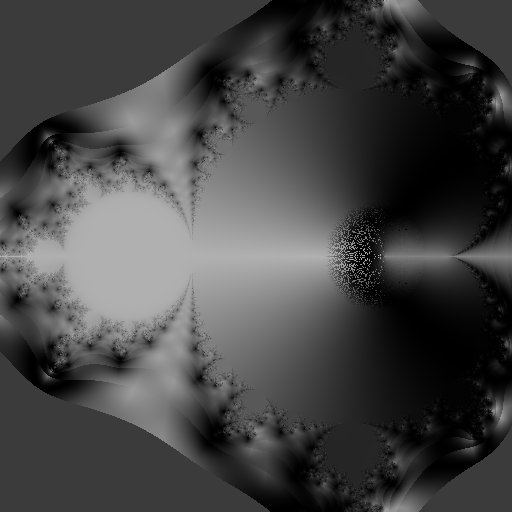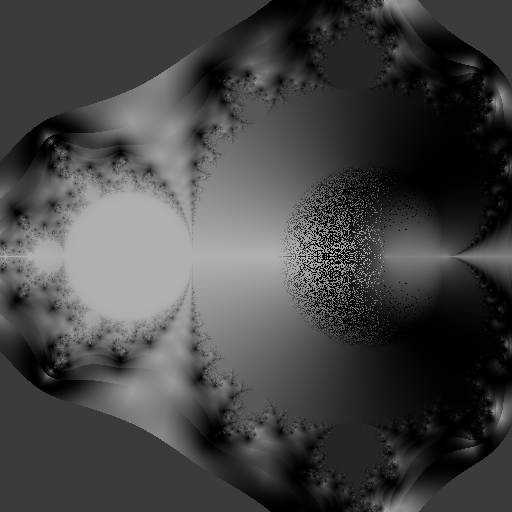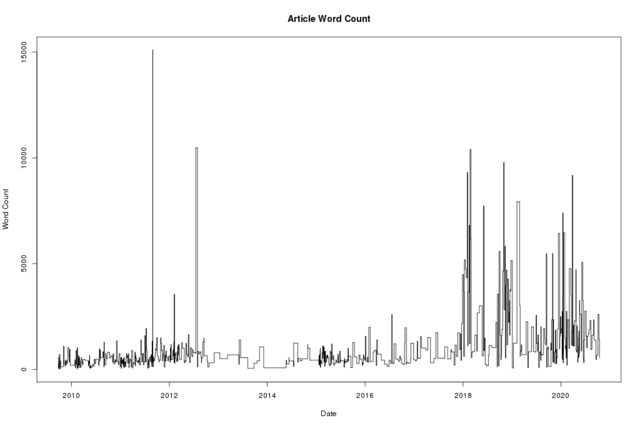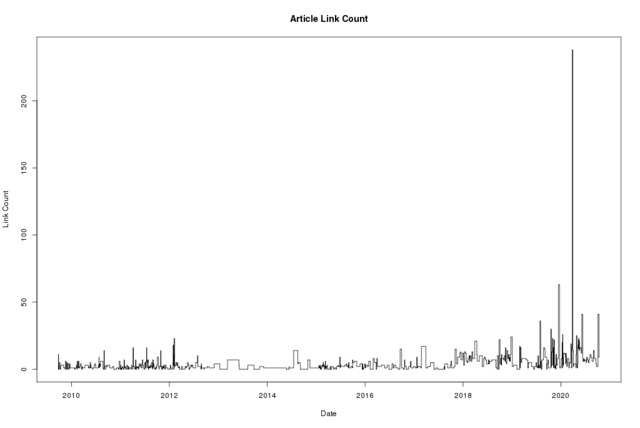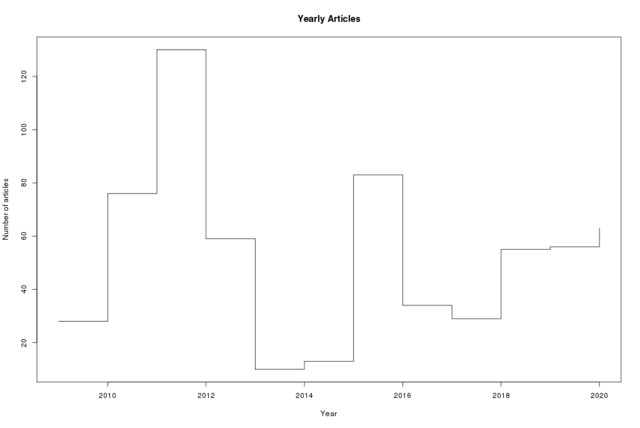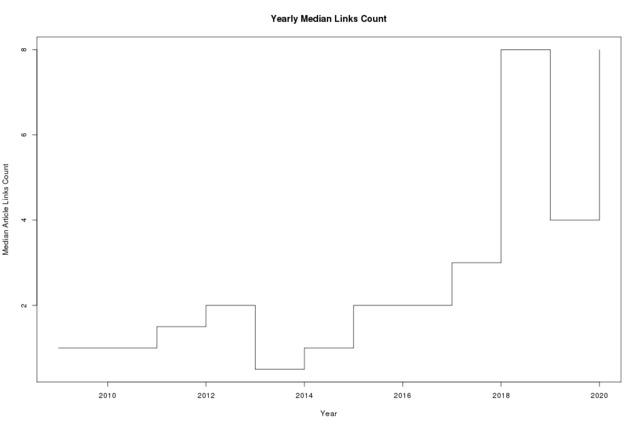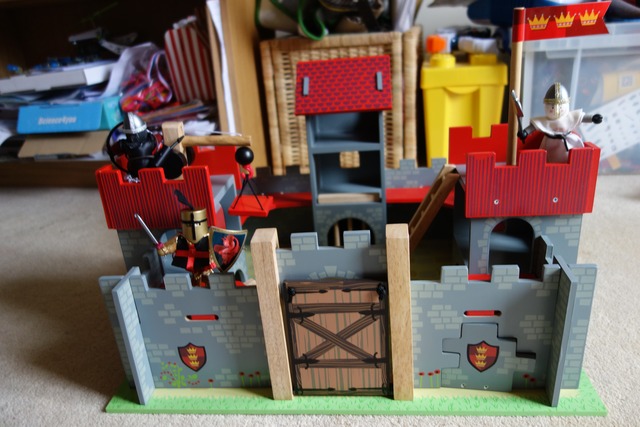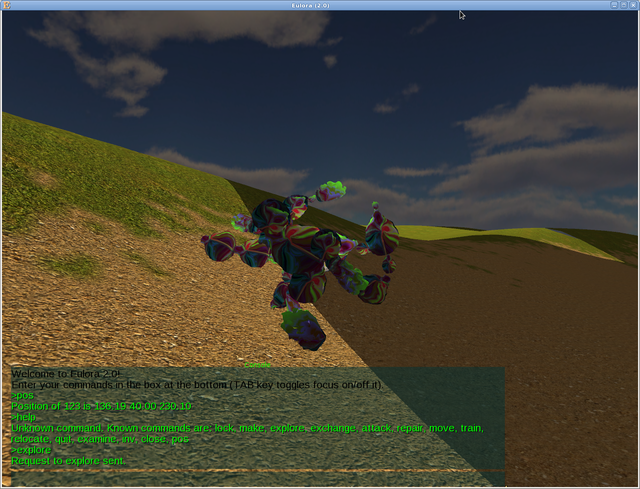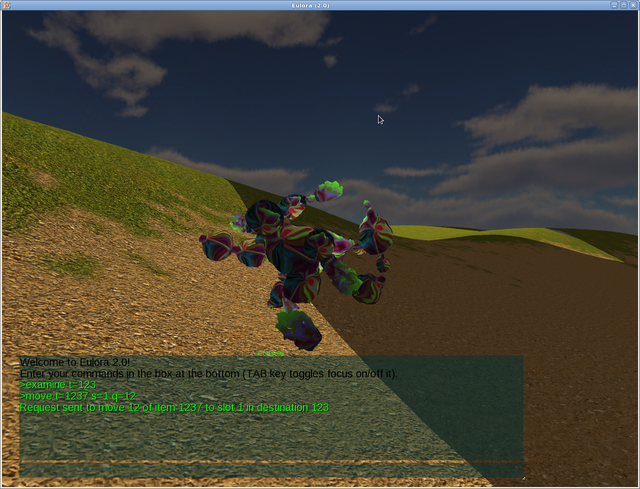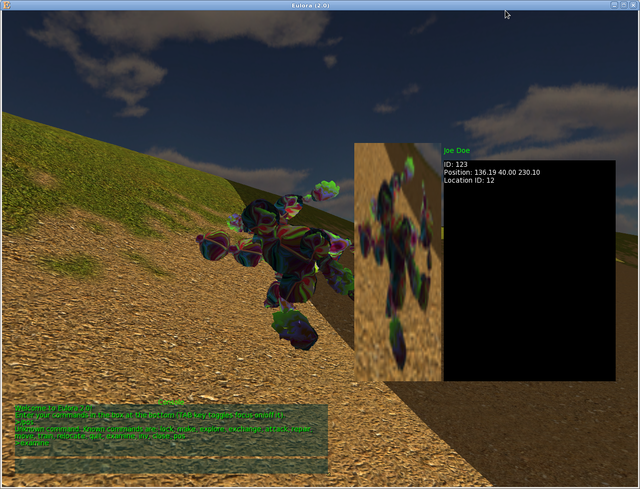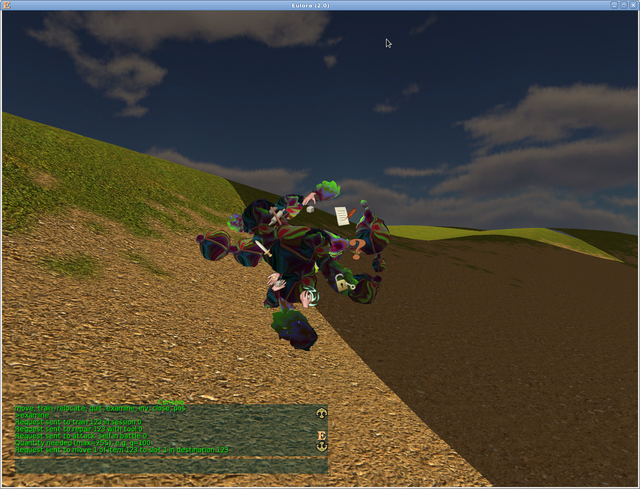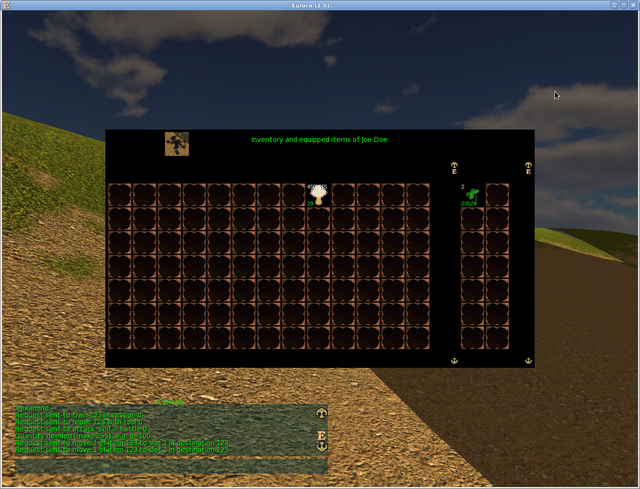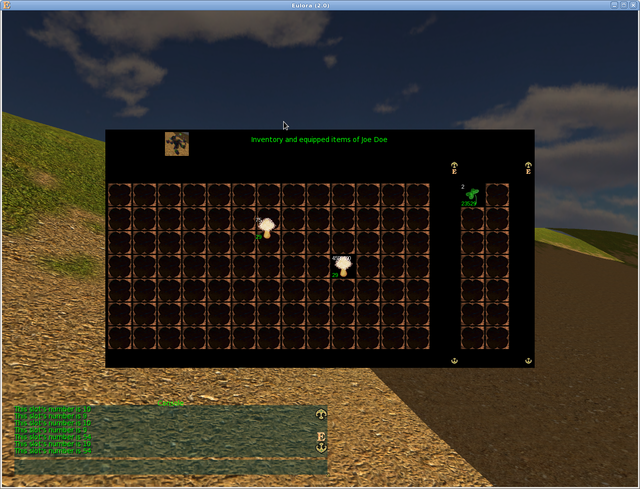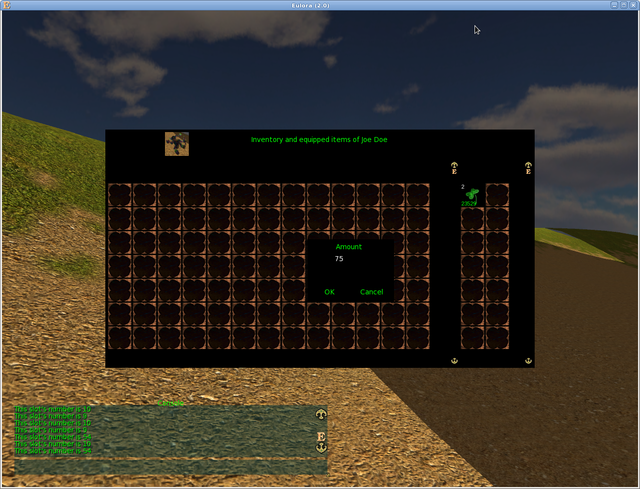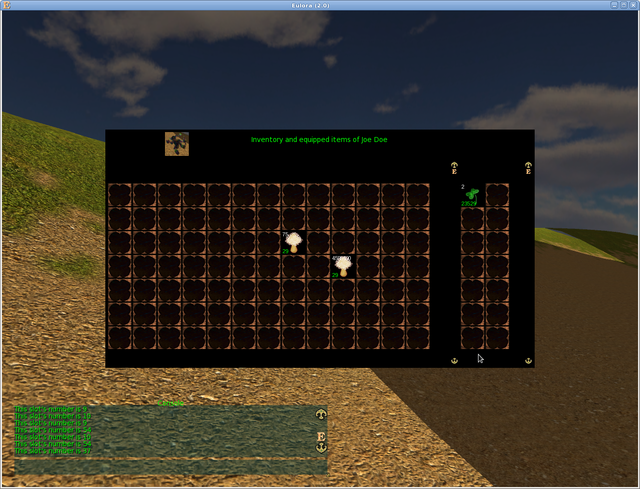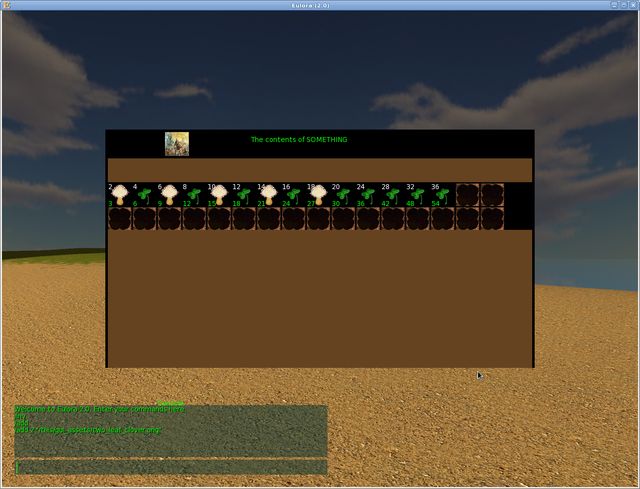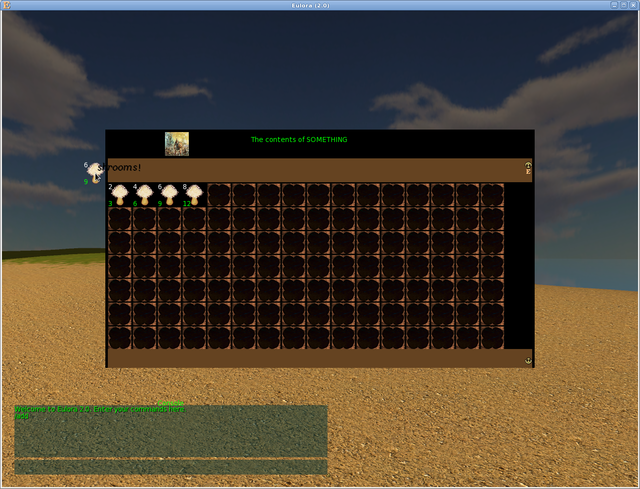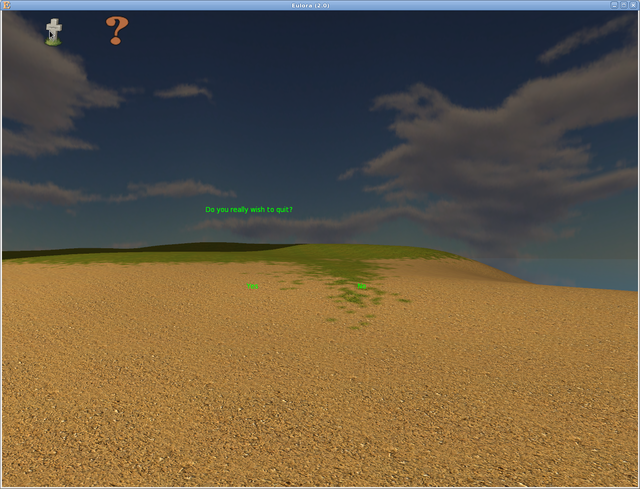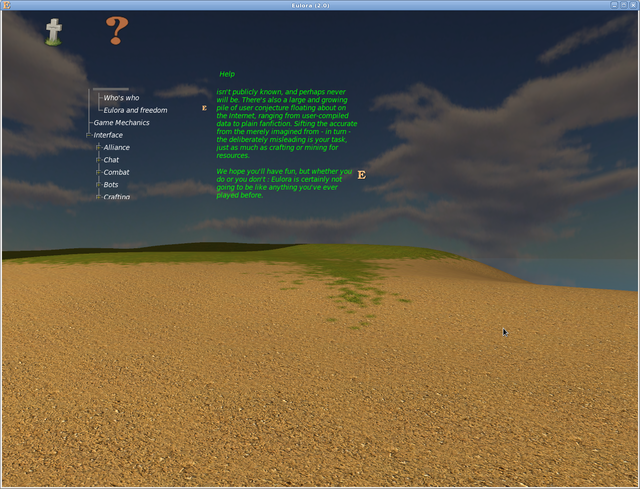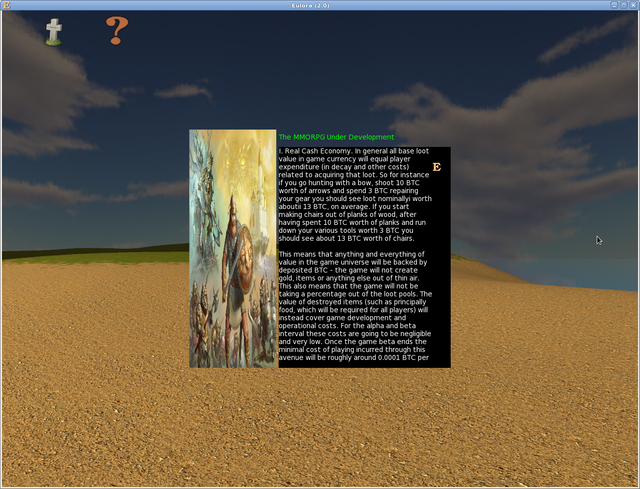| Day changed to 2020-09-01 |
| feedbot: |
http://trilema.com/2020/king-ralph/ << Trilema — King Ralph |
[18:09] |
| feedbot: |
http://ossasepia.com/2020/09/01/ossasepia-logs-for-Sep-2020/ << Ossa Sepia — #ossasepia Logs for Sep 2020 |
[18:13] |
| Day changed to 2020-09-02 |
| feedbot: |
http://trilema.com/2020/maria-full-of-grace/ << Trilema — Maria full of… grace |
[06:09] |
| feedbot: |
http://trilema.com/2020/one-day/ << Trilema — One day |
[10:30] |
| Day changed to 2020-09-05 |
| jfw: |
diana_coman: I can't commit to taking on the irc to chat-apps-du-jour bridging project presently. Things are moving forward on JWRD's infrastructure build-out deal and I expect that work to heat up again soon; meanwhile my hands are pretty full otherwise. |
[21:08] |
| diana_coman: |
jfw: no worries and rather happy to hear that the jwrd deal is moving forward. |
[21:09] |
| jfw: |
thanks. I'll let you know if things change such that I can revisit the project. |
[21:10] |
| diana_coman: |
sure, it can't hurt, although I rather expect things will change regarding the project itself, too. |
[21:12] |
| Day changed to 2020-09-06 |
| feedbot: |
http://ossasepia.com/2020/09/06/moving-on/ << Ossa Sepia — Moving On |
[20:33] |
| cruciform: |
diana_coman, I just wanted to say thanks for your help, attention and advice through Young Hands; thank you! |
[20:53] |
| diana_coman: |
cruciform: no problem at all; did anything come out of it for you? |
[20:54] |
| cruciform: |
yes – I got a better understanding of how inadequate, lazy and languorous I am |
[20:56] |
| diana_coman: |
well, I do hope you dress up for it too then, at least from time to time. All that has its own requirements of attire if nothing else! |
[21:02] |
| cruciform: |
lol |
[21:03] |
| cruciform: |
the tuxedo's been in the closet since pre-plague, so it's not even been a stylish indolence |
[21:05] |
| diana_coman: |
ah, no, no, it goes back quite a few years before that, more of those times when everyone looked at men's legs rather than women's. |
[21:06] |
| cruciform: |
how far back are we talking – Georgian? |
[21:07] |
| diana_coman: |
ah, I suppose george 4th might serve, indeed. My mind went of course across the channel though, there's something to be said for the French in such matters. |
[21:10] |
| cruciform: |
I suppose it is a bit odd that women tend to be the peacocks, nowadays |
[21:12] |
| diana_coman: |
what else can they do, you know? |
[21:13] |
| diana_coman: |
(and for that matter, hm, there's always Italy, that land where women have to work hard to only keep up with men's creams and perfumes and the like, not sure it's any better!) |
[21:14] |
| cruciform: |
ah, yes – there's a wonderful Italian perfume critic – Luca Turin; has an unreal ability to put scent into words |
[21:18] |
| cruciform: |
I was wondering – would you consider keeping my Young Hands login active? |
[21:20] |
| trinque: |
diana_coman: just wanted to pop in and say that I have a great deal of respect for you, and wish you well in the future. |
[21:21] |
| diana_coman: |
trinque: thank you. I'll always gladly hear from you! |
[21:23] |
| diana_coman: |
cruciform: I would, if I see a good reason for it. Do you want again to write there? |
[21:25] |
| jfw: |
diana_coman: in case my own dedication/stubbornness doesn't say it clearly enough already I also offer my thanks for the time & attention given through YH. |
[21:25] |
| cruciform: |
very much – I've been putting it off again and again |
[21:26] |
| trinque: |
diana_coman: I'll continue to be a reader of your blog, for sure, and will chime in there sometime. |
[21:26] |
| jfw: |
cruciform: what stops you from setting up your own blog? |
[21:26] |
| cruciform: |
jfw, mostly technical know-how |
[21:27] |
| diana_coman: |
jfw: my pleasure; (and yes, in your case it did say it already clear enough; for that matter you are the one and only member of the club as it were!) |
[21:28] |
| jfw: |
cruciform: so maybe you have now a reason to pick up some of that? :) |
[21:28] |
| cruciform: |
jfw, yes! |
[21:28] |
| trinque: |
also I have to say that as a part-Italian mutt, my bathroom drawer of lotions feels singled out! |
[21:29] |
| trinque: |
must be in the blood, lol |
[21:29] |
| diana_coman: |
cruciform: for starters it's as simple as this: if I see a published article there at least 2 times per week, I won't turn off the login of that author. |
[21:29] |
| cruciform: |
diana_coman, thank you |
[21:30] |
| diana_coman: |
trinque: who knows, maybe at the time of 2.0 you give a try to eulora too. |
[21:32] |
| trinque: |
sure, I'll be looking out for it |
[21:33] |
| diana_coman: |
(and lol @ lotions, I never quite figured out to what degree it was a cultural thing only, for sure!) |
[21:33] |
| trinque: |
I just don't see how having fine things became "gay" |
[21:36] |
| cruciform: |
trinque, indeed – I get constantly ribbed by friends/hit on by gays for dressing up |
[21:37] |
| diana_coman: |
eh, it "became gay" only in that sense of "those not having fine things gathered together and decided that having fine things is bad-for-you" |
[21:37] |
| trinque: |
fact |
[21:37] |
| diana_coman: |
cruciform: you know, now you'll have to add at least 1 picture per month to those articles too. |
[21:43] |
| cruciform: |
diana_coman, lol, deal! |
[21:44] |
| diana_coman: |
thank you all for popping in today, I'll need to go offline though in a few minutes; as mentioned, I'll still be around from time to time so sooner or later I'll read anything left in here anyway. |
[21:49] |
| Day changed to 2020-09-07 |
| lobbes: |
diana_coman: likewise, I'd like to once again thank you for all your help over the years. I'll certainly be a continued reader of ossasepia and will be keeping an eye on euloran development |
[03:18] |
| lobbes: |
I'll probably end up mirroring YHC before the end of this month. I'll post a link once that is complete |
[03:19] |
| feedbot: |
http://trilema.com/2020/guys-things-attestament-of-life-times-oceanside/ << Trilema — Guys & things, attestament of life & times, oceanside |
[08:21] |
| diana_coman: |
lobbes: no problem. |
[16:06] |
| Day changed to 2020-09-08 |
| feedbot: |
http://trilema.com/2020/the-dusts-of-days-a-consolation/ << Trilema — The dusts of days, a consolation. |
[20:36] |
| Day changed to 2020-09-10 |
| feedbot: |
http://trilema.com/2020/my-first-mister/ << Trilema — My first mister |
[12:44] |
| feedbot: |
http://trilema.com/2020/aaaalge-bra/ << Trilema — Aaaalge-bra |
[18:18] |
| whaack: |
diana_coman: Thank you for all the effort you put into younghands. I hope from the mentor side you got a fraction of what I got out of it. I'll still try to get out the block explorer project, and hopefully will find a way to revive my blog. I'll also try to put some time into playing Eulora when 2.0 comes out. |
[19:34] |
| Day changed to 2020-09-11 |
| feedbot: |
http://younghands.club/2020/09/11/waking-up/ << Young Hands Club — Waking Up |
[02:11] |
| diana_coman: |
whaack: no problem. |
[14:08] |
| diana_coman: |
Those already having an Eulora account have/have had quite some time to figure out both how things work and what sort of things could be done with it all far beyond "putting some time" into a game. |
[14:12] |
| diana_coman: |
not that this option saw much use, but stating it for the record anyway. |
[14:13] |
| Day changed to 2020-09-12 |
| feedbot: |
http://trilema.com/2020/desperation-in-desolation-or-the-woes-of-the-contemporary-entrepreneur-or-what-came-of-my-first-attempt-at-running-the-second-generation-eulora-client-ornery-in-any-case/ << Trilema — Desperation in desolation ; Or, the woes of the contemporary entrepreneur ; Or, what came of my first attempt at running the second generation Eulora client. Ornery, in any case. |
[20:09] |
| feedbot: |
http://ossasepia.com/2020/09/12/eulora-logs-for-Sep-2020/ << Ossa Sepia — #eulora Logs for Sep 2020 |
[20:13] |
| feedbot: |
http://younghands.club/2020/09/12/credenda-agenda/ << Young Hands Club — Credenda, Agenda |
[23:24] |
| feedbot: |
http://younghands.club/2020/09/12/credenda-agenda/ << Young Hands Club — Credenda, Agenda |
[23:33] |
| Day changed to 2020-09-13 |
| feedbot: |
http://trilema.com/2020/night-and-the-city/ << Trilema — Night And The City |
[06:51] |
| feedbot: |
http://trilema.com/2020/i-go-out-walkin/ << Trilema — I go out walkin… |
[18:58] |
| Day changed to 2020-09-14 |
| feedbot: |
http://younghands.club/2020/09/14/ossasepia-log-notes-1/ << Young Hands Club — Ossasepia Log Notes 1 |
[03:14] |
| feedbot: |
http://trilema.com/2020/ben-doesnt-get-fingered/ << Trilema — Ben doesn't get fingered |
[03:18] |
| feedbot: |
http://younghands.club/2020/09/14/dg-agenda-20200914/ << Young Hands Club — DG Agenda 2020.09.14 |
[03:26] |
| feedbot: |
http://trilema.com/2020/the-magic-johnson-and-other-stories/ << Trilema — The Magic Johnson and other stories |
[18:24] |
| cruciform: |
deedbot, hi! thanks so much for your most recent advice! |
[18:45] |
| cruciform: |
I may be derping, but it appears some logs are missing from the ossasepia records? For example, the last entry for July 2019 is the 19th, whereas asciilifeform's log viewer shows, eg. logs for the 30th of that month |
[18:48] |
| cruciform: |
*diana_coman, hi! :P (greetings to deedbot, too) |
[18:51] |
| diana_coman: |
cruciform: how is that the last entry? look http://ossasepia.com/category/logs/ossasepia/ |
[18:53] |
| diana_coman: |
and mind that dates/times are a matter of where the bot runs so they might not match (ie a line may be recorded by one bot to be on the 19th while another bot considers it on the 20th) |
[18:54] |
| diana_coman: |
anyway, full logs for July as far as I can see e.g. http://ossasepia.com/2020/04/20/ossasepia-logs-for-20-Jul-2019/ so dunno, learn to look properly first and use that category for all it's worth? |
[18:54] |
| diana_coman: |
is away from keyboard. |
[18:55] |
| jfw: |
looks like an out-of-order import so the next/previous links don't always work, and the ordering in the category shows as jul-aug-jul-sep. |
[18:57] |
| cruciform: |
aha, I was indeed derping (searching for June, rather than July…) – may be more tired than I thought :P |
[18:58] |
| cruciform: |
diana_coman, jfw – thanks for the clarification |
[18:58] |
| Day changed to 2020-09-15 |
| feedbot: |
http://younghands.club/2020/09/14/ossasepia-log-notes-2/ << Young Hands Club — Ossasepia Log Notes 2 |
[00:41] |
| feedbot: |
http://younghands.club/2020/09/15/dg-agenda-20200915/ << Young Hands Club — DG Agenda 2020.09.15 |
[02:45] |
| Day changed to 2020-09-16 |
| feedbot: |
http://trilema.com/2020/the-pishtar-gate-cathouse/ << Trilema — The Pishtar gate cathouse |
[00:46] |
| feedbot: |
http://younghands.club/2020/09/15/ossasepia-log-notes-3/ << Young Hands Club — Ossasepia Log Notes 3 |
[00:59] |
| feedbot: |
http://younghands.club/2020/09/15/dg-agenda-20200916/ << Young Hands Club — DG Agenda 2020.09.16 |
[01:27] |
| dorion: |
diana_coman, thank you for being you. I've read your article and the #o log. while I've not seen vacation as mp asked, I'm reminded that's pretty much what I've been on since returning to vermont. |
[21:03] |
| dorion: |
on the bright side, the light at the end of the tunnel has been the deal jfw and I are closing this month (which we've been waiting on since july (there coulda/woulda/shoulda been other deals, but hence the vacation)). |
[21:03] |
| dorion: |
we're contracting ourselves to weekly reports to the client, so the muscles we developed with you and young hands will be flexed. |
[21:04] |
| dorion: |
thank you also for keeping yourself available as long as you have. while it was a bit of shock in the moment for mp to close tmsr, I'm thankful I don't have to consider where I would have been without you. |
[21:04] |
| dorion: |
upon a moments' reflection it made sense when he did it, just as your communcation makes sense. |
[21:04] |
| dorion: |
whether or not I will deal with that sense in a rational manner is for me to decide and prove. |
[21:05] |
| dorion: |
I'm sorry diana_coman for the promises I've made to you that I didn't deliver on. part of me wants to say more, but I'll rest on the fact you're pretty consistent in evaluating actions and those simply speak for themselves. |
[21:05] |
| diana_coman: |
dorion: you are very welcome. |
[21:06] |
| diana_coman: |
and I'll gladly hear from you, of course. |
[21:07] |
| dorion: |
I like ossasepia.com's header photo today, btw. |
[21:08] |
| diana_coman: |
dorion: heh, that's in Lugano and yes, it kind of stirs some memories |
[21:08] |
| dorion: |
ah I see. is it a cafe ? bakery ? looks like the arches are being repainted for the nth time. |
[21:10] |
| diana_coman: |
ha! those in the back are salamis! enormous and tasty but ..salami and sausages and the like |
[21:11] |
| diana_coman: |
it was a side shop, there's a street with arches like that |
[21:12] |
| diana_coman: |
the arches-style is quite common in that area (roughly speaking tyrol but svizzera italiana might take offense at that) |
[21:12] |
| diana_coman: |
and yeah, there are …slabs of chocolate to be had there too, but what can I say, I like sausages better than chocolate, lol |
[21:14] |
| dorion: |
my misperception there was lulzy. sounds like a cool street. |
[21:16] |
| Day changed to 2020-09-17 |
| feedbot: |
http://younghands.club/2020/09/16/ossasepia-log-notes-4/ << Young Hands Club — Ossasepia Log Notes 4 |
[00:22] |
| feedbot: |
http://younghands.club/2020/09/17/initial-thoughts-on-trilema-log-linking-problem/ << Young Hands Club — Initial Thoughts on Trilema Log-Linking Problem |
[02:12] |
| feedbot: |
http://younghands.club/2020/09/17/dg-agenda-20200917/ << Young Hands Club — DG Agenda 2020.09.17 |
[02:36] |
| cruciform: |
hi, diana_coman! |
[20:02] |
| cruciform: |
May I ask you questions, here; what is the nature of our relationship post-moving on? I’m very grateful for your continued help, but don’t want to presume anything. |
[20:04] |
| diana_coman: |
hi cruciform. So don't presume and all is well & easy, lol. Other than that though: questions can always be *asked*, how would that part even be somehow depending on anything else? Note that not asking is never really anything other than protecting your own fear of "what if the answer is not what I like to hear" (silence/rejection included), |
[20:18] |
| diana_coman: |
the pickle however is that if you do *not* ask, you'll… never know the answer, either. |
[20:23] |
| cruciform: |
aha, so I can be safely ignorant, or else take a risk and speak up |
[20:24] |
| diana_coman: |
here, found the ref, it's 200% valid for asking too : http://ossasepia.com/2020/04/20/ossasepia-logs-for-29-Oct-2019/#1008057 |
[20:25] |
| sonofawitch: |
2019-10-29 17:55:51 (#ossasepia) diana_coman: eh, speak, there's nothing worth keeping that you might lose just for the speaking; quite the opposite |
[20:25] |
| diana_coman: |
"safely" as in maintaining the illusion of safety, that's about it. |
[20:25] |
| diana_coman: |
and with that illusion, maintaining as well (even growing) the fear(s). |
[20:25] |
| diana_coman: |
anyway, to make it crystal clear: anyone can ask anything, there's no way *that* somehow magically "can't be done"; it's your action so you can do it. |
[20:26] |
| diana_coman: |
whether I answer or what or when or so on, is my action though, true enough. |
[20:27] |
| cruciform: |
I didn't want to give the impression that I thought you were obliged to answer – or otherwise (seem to) be impertinent |
[20:28] |
| diana_coman: |
you can't control impressions, you know? but I can set your mind at rest there: I don't feel obliged to answer questions in general like that, no, I'm kind of too old (or not British enough perhaps) for that sort of thing. |
[20:29] |
| cruciform: |
phew :) |
[20:29] |
| cruciform: |
so |
[20:29] |
| diana_coman: |
as for the rest, sure, so don't ask impertinently, easy. |
[20:29] |
| cruciform: |
makes sense! I'm probably spinning/inventing problems |
[20:30] |
| cruciform: |
but, is there any sense in my asking about the nature of our relationship? |
[20:30] |
| diana_coman: |
if you want something, you'll have to ask for *that* so be more precise there. |
[20:33] |
| cruciform: |
for example, I have categories for friend/relative/lover etc., with defined behaviours for each – erm, what category does our relationship fall into – student/teacher? |
[20:34] |
| diana_coman: |
ahahah |
[20:34] |
| cruciform: |
:P |
[20:35] |
| diana_coman: |
alien category! |
[20:35] |
| diana_coman: |
now what? |
[20:35] |
| cruciform: |
yes, I thought it might be uncategorisable, or at least one unknown to me |
[20:35] |
| diana_coman: |
you seriously are telling me that you have a sort of internal/mental 3 ring binder with "defined behaviours for type of… relationships"? |
[20:36] |
| diana_coman: |
lolz |
[20:36] |
| cruciform: |
well, in the least autistic way possible |
[20:36] |
| diana_coman: |
and so if all of a sudden you encounter in this horribly mean world the…alien, what do you do? "error!" |
[20:37] |
| cruciform: |
but, you know – I'd call my boss "sir", and not tell dirty jokes to someone's grandma – that sort of thing |
[20:37] |
| diana_coman: |
some grandmas might love them though |
[20:37] |
| cruciform: |
back to speaking up and taking risks! |
[20:37] |
| diana_coman: |
and I'd rather bet some grandmas know dirtier jokes than you. |
[20:37] |
| cruciform: |
lol |
[20:38] |
| diana_coman: |
this sort of "living by the book-of-rules" is not altogether very… sane, how to put it. |
[20:38] |
| cruciform: |
what's a better way? ad-hoc play it by ear? |
[20:39] |
| diana_coman: |
sure, be *aware* of context and knowledgeable but that is an entirely different thing; quite in the same way that learning something is quite different from memorising a pattern of "solving" |
[20:39] |
| cruciform: |
If I take time to respond, it's because it often takes me 5 goes to parse what you're saying (incidentally, this is only the case with your/MP's text) |
[20:41] |
| diana_coman: |
getting back to your original question: the more logical thing for you is to figure out what you want it to be and then what to do for that. |
[20:42] |
| cruciform: |
I thought you might say that! |
[20:42] |
| cruciform: |
is this a causes/purposes thing? |
[20:42] |
| diana_coman: |
as the saying goes: so you are not *entirely* an idiot! |
[20:43] |
| cruciform: |
lol |
[20:43] |
| cruciform: |
one other thing, is the correct pronunciation of your name "DEE-ana", as opposed to "DIE-ana"? |
[20:44] |
| cruciform: |
(a Romanian corrected me) |
[20:46] |
| diana_coman: |
it is but once again, I lived in enough places to not be bothered by ~any of that. |
[20:46] |
| diana_coman: |
somewhere in the logs I linked once a video with the pronounciation , as someone else asked, I don't quite recall who. |
[20:47] |
| diana_coman: |
cruciform: re earlier question – it's more an active/passive thing first of all than causes/purposes. |
[20:47] |
| cruciform: |
what can *I* do to define our relationship, rather than what is done to me by you? |
[20:49] |
| diana_coman: |
ahaha |
[20:49] |
| diana_coman: |
figure it out, you know? |
[20:49] |
| cruciform: |
:p |
[20:49] |
| cruciform: |
yes – food for thought! |
[20:49] |
| cruciform: |
ok, I shall ruminate over the above; thanks for your help! |
[20:50] |
| cruciform: |
gets back to work |
[20:50] |
| diana_coman: |
no problem |
[20:51] |
| diana_coman: |
cruciform: if it's any help, note perhaps that it tends to be easier to figure out what one does *not* want; arguably it's more important too, anyway. |
[21:13] |
| diana_coman: |
is afk |
[21:13] |
| Day changed to 2020-09-18 |
| feedbot: |
http://younghands.club/2020/09/17/dg-agenda-20200918/ << Young Hands Club — DG Agenda 2020.09.18 |
[01:57] |
| Day changed to 2020-09-19 |
| feedbot: |
http://trilema.com/2020/a-slew-of-supersluou-subdates/ << Trilema — A slew of supersluou subdates |
[15:26] |
| feedbot: |
http://ossasepia.com/2020/09/19/the-day-when-i-did-nothing-at-all/ << Ossa Sepia — The Day When I Did Nothing At All |
[17:59] |
| Day changed to 2020-09-21 |
| feedbot: |
http://younghands.club/2020/09/20/dg-review-week-of-20200914/ << Young Hands Club — DG Review, Week of 2020/09/14 |
[01:16] |
| feedbot: |
http://younghands.club/2020/09/20/dg-agenda-20200921/ << Young Hands Club — DG Agenda 2020.09.21 |
[01:33] |
| cruciform: |
diana_coman, is the bitcoin foundation still the reference implementation of TRB, or are they deprecated, on account of negrating? |
[21:57] |
| sonofawitch: |
2020-06-06 20:58:55 (#ossasepia) diana_coman: well, at least TBF's status is quite clear now although apparently I have to go fish it out and add it to the record since those involved are too busy calling me names but not to my face; by the ponder of words in tbf's log apparently asciilifeform runs now the foundation in any case and jurov practices his hand at |
[21:57] |
| cruciform: |
also, would you kindly recommend an OS to attempt the installation on? I've had a look around republican blogs, and am having trouble finding a known-working one |
[23:10] |
| feedbot: |
http://younghands.club/2020/09/21/initial-thoughts-on-setting-up-a-trb-node/ << Young Hands Club — Initial Thoughts on Setting Up a TRB Node |
[23:38] |
| Day changed to 2020-09-22 |
| feedbot: |
http://younghands.club/2020/09/21/ossasepia-log-notes-5/ << Young Hands Club — Ossasepia Log Notes 5 |
[00:07] |
| feedbot: |
http://younghands.club/2020/09/21/a-smoother-style-of-summary/ << Young Hands Club — A Smoother Style of Summary |
[00:07] |
| feedbot: |
http://younghands.club/2020/09/21/dg-agenda-20200922/ << Young Hands Club — DG Agenda 2020.09.22 |
[00:45] |
| diana_coman: |
cruciform – a reference for *whom*? In the absolute like that aka "the" reference, there isn't such thing anymore and not because of my negrating but simply because there is nothing to back such claim of "the reference". So now it's each with whatever they consider their own reference(s) and up to each to figure out what is worth what and why and so on. |
[09:07] |
| diana_coman: |
Sure, you'd like some clarity (just as you wanted it before with the relationship status here and all that) but note that *all that time when crystal clarity has been available and freely offered* you… were busy, found problems and faults with it and stayed away from it. So no, it's not "just like before only in just those parts that are convenient for me to consider or ask for". |
[09:09] |
| diana_coman: |
with this, the moving on is finally done for #ossasepia too: I devoiced everyone and removed all flags from all bots, feel free to take them offline as there isn't going to be any use for them in here. |
[09:57] |















